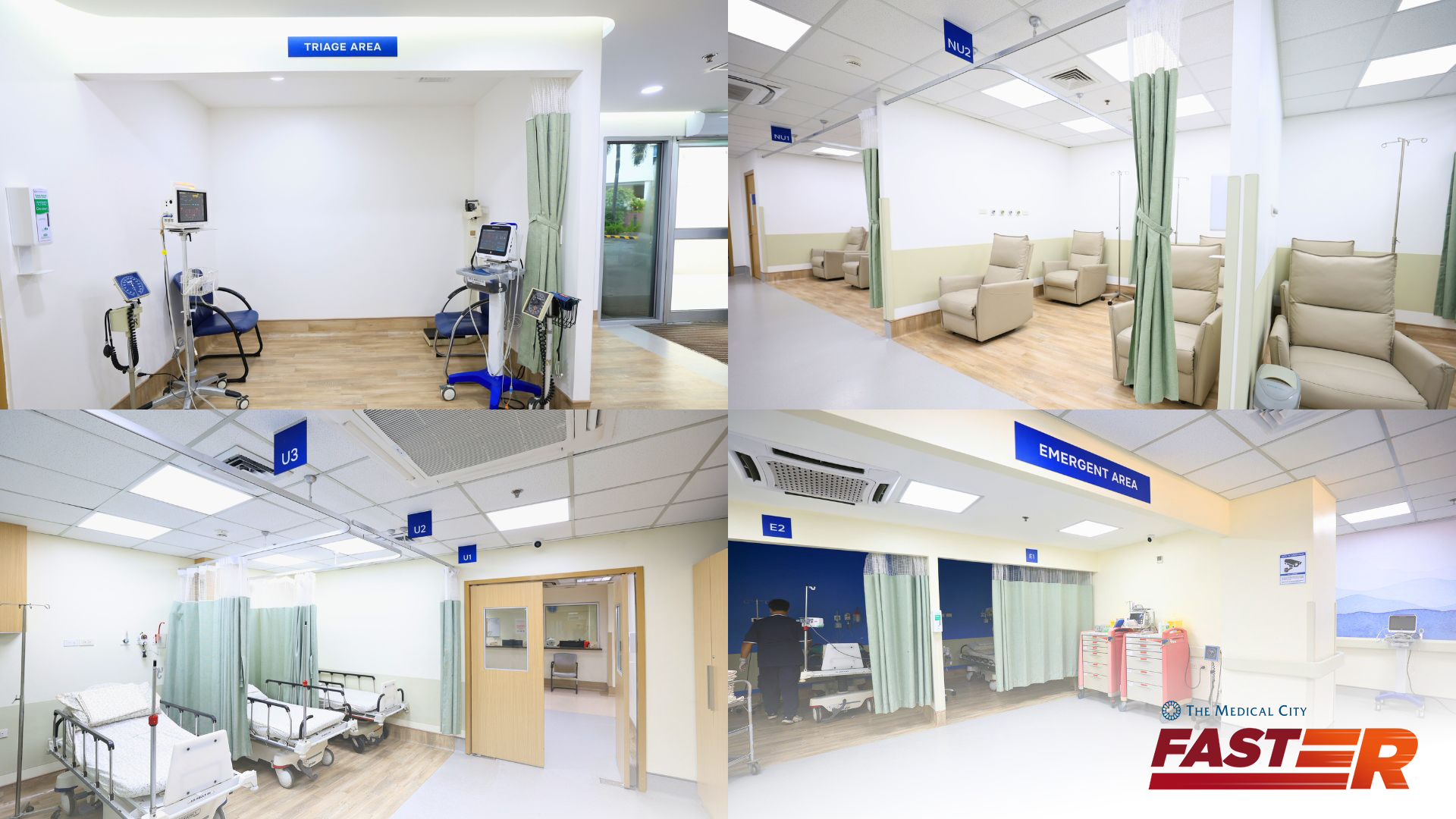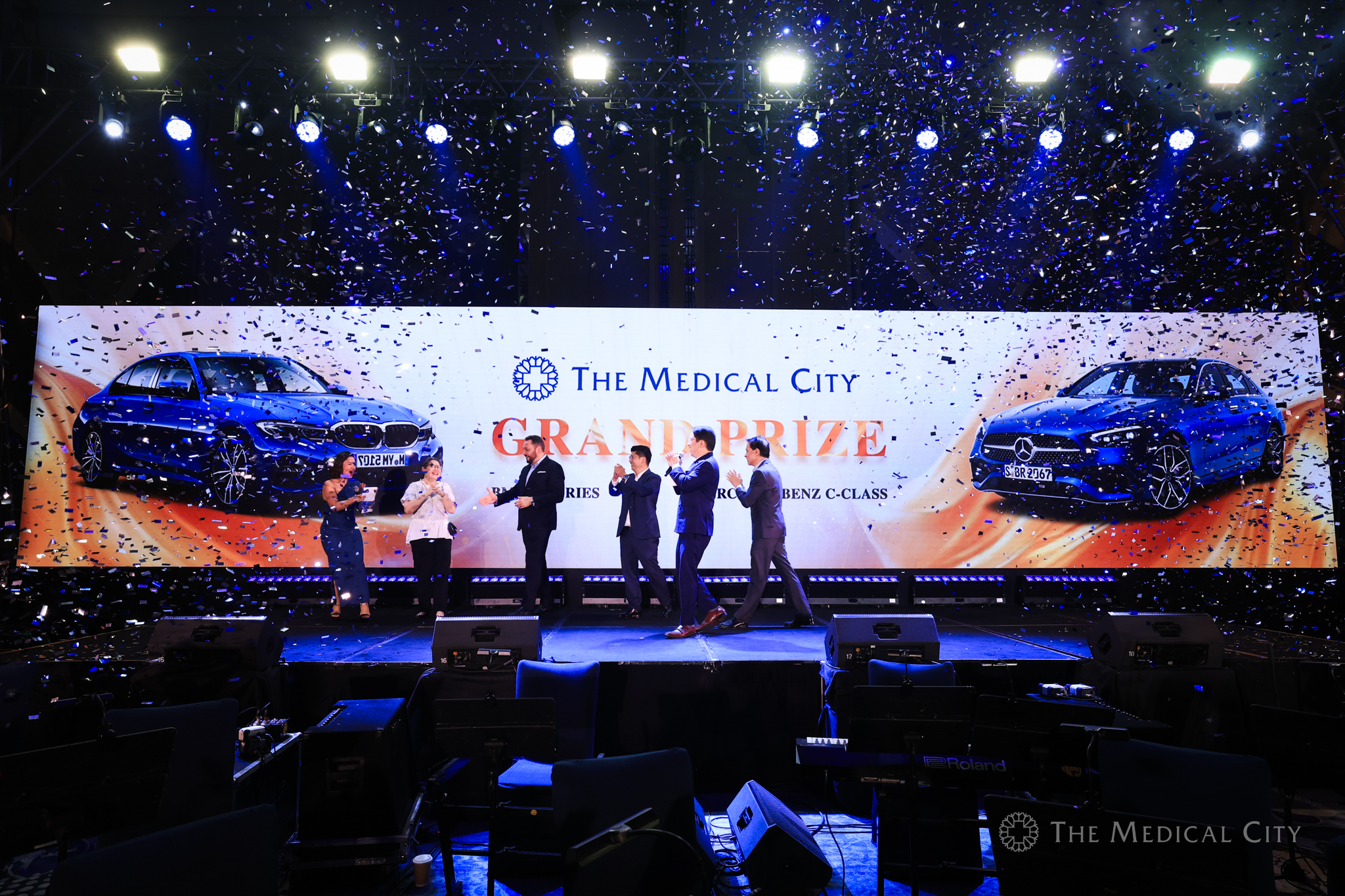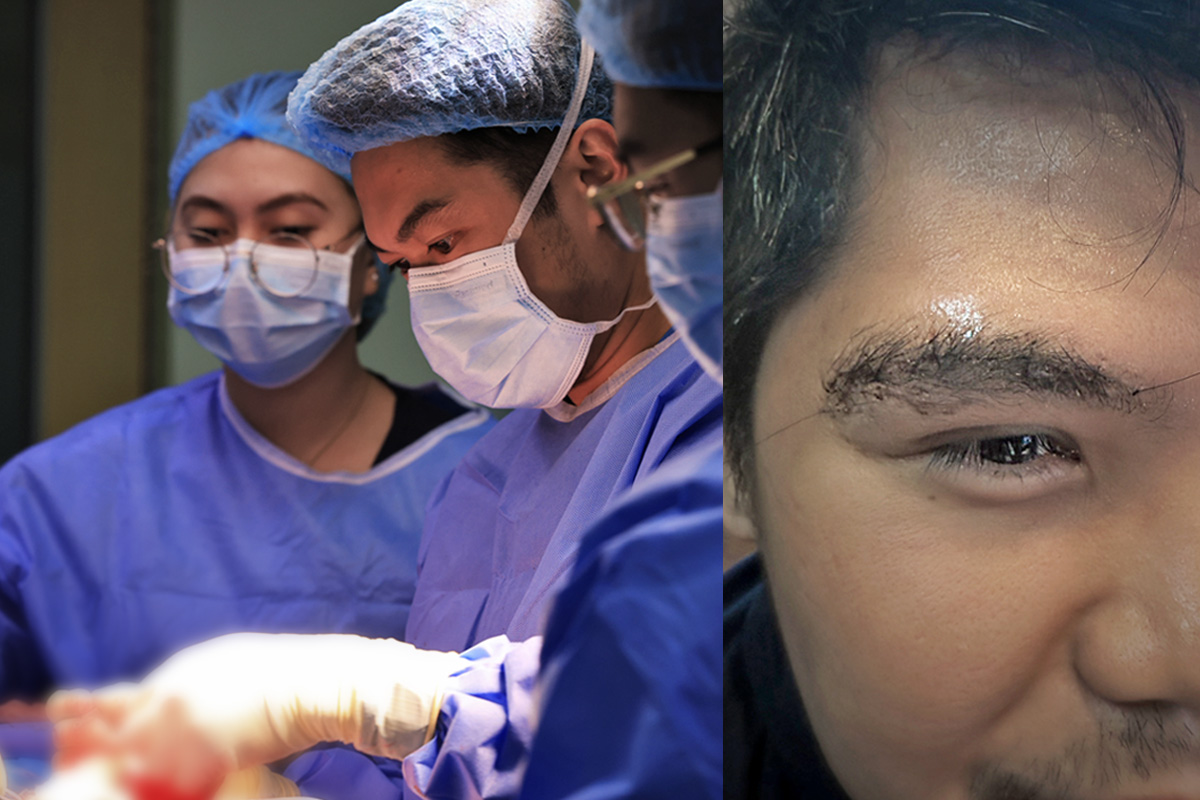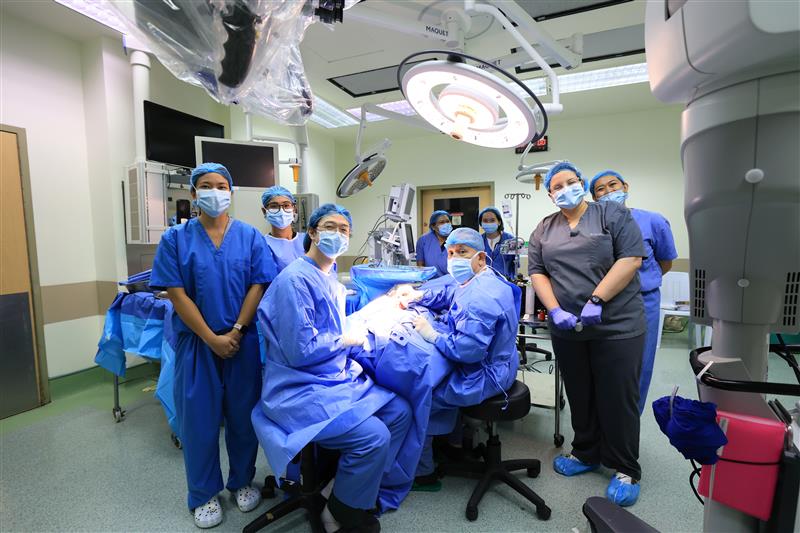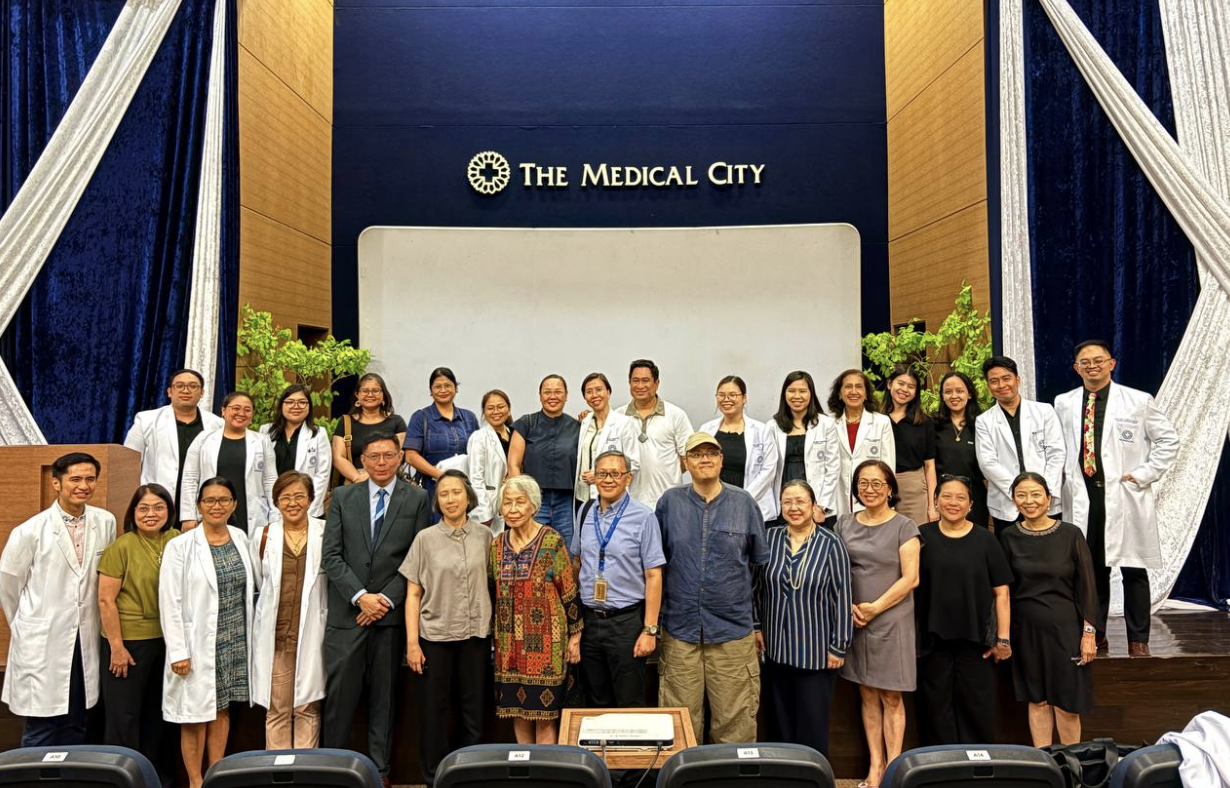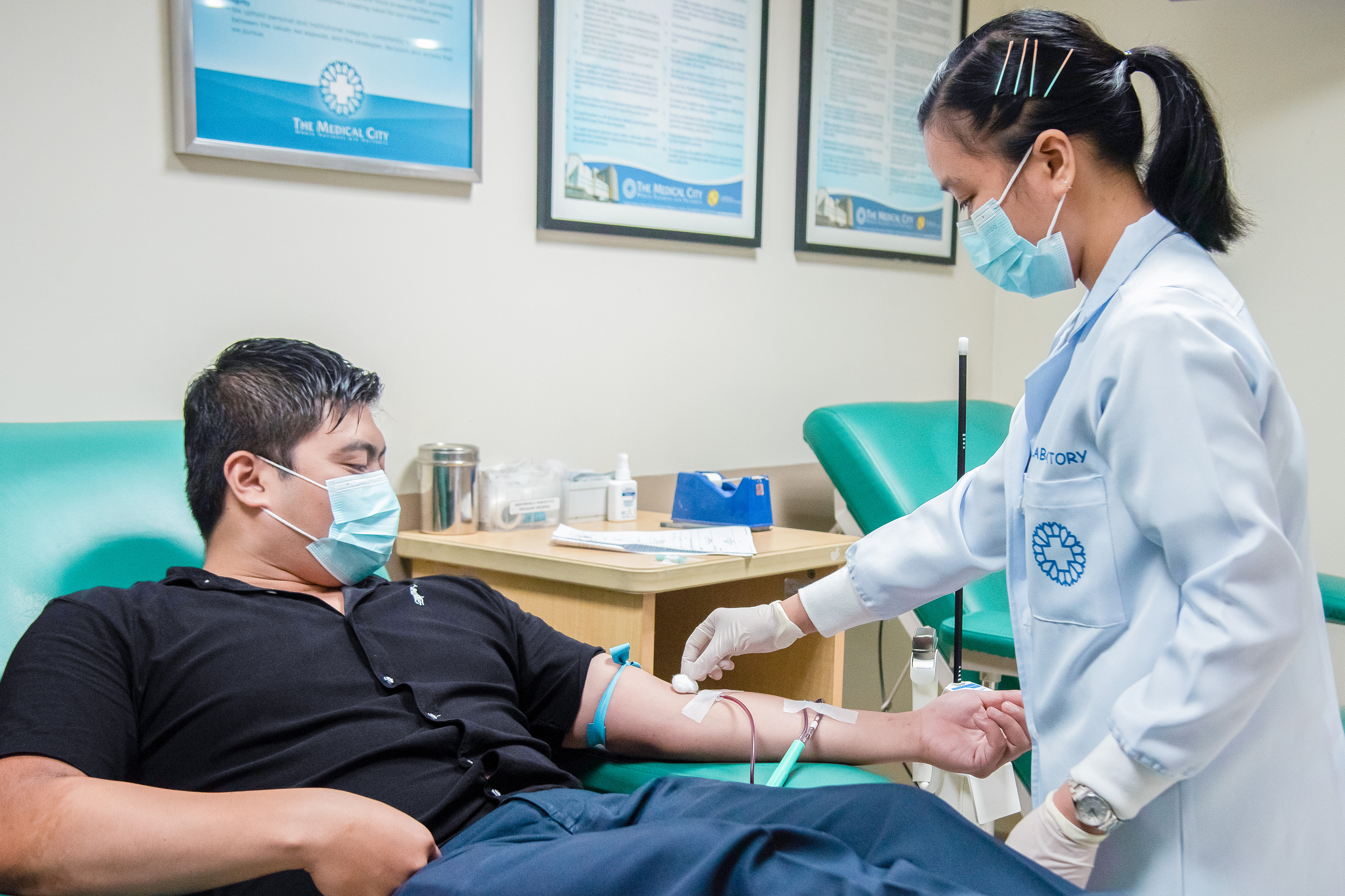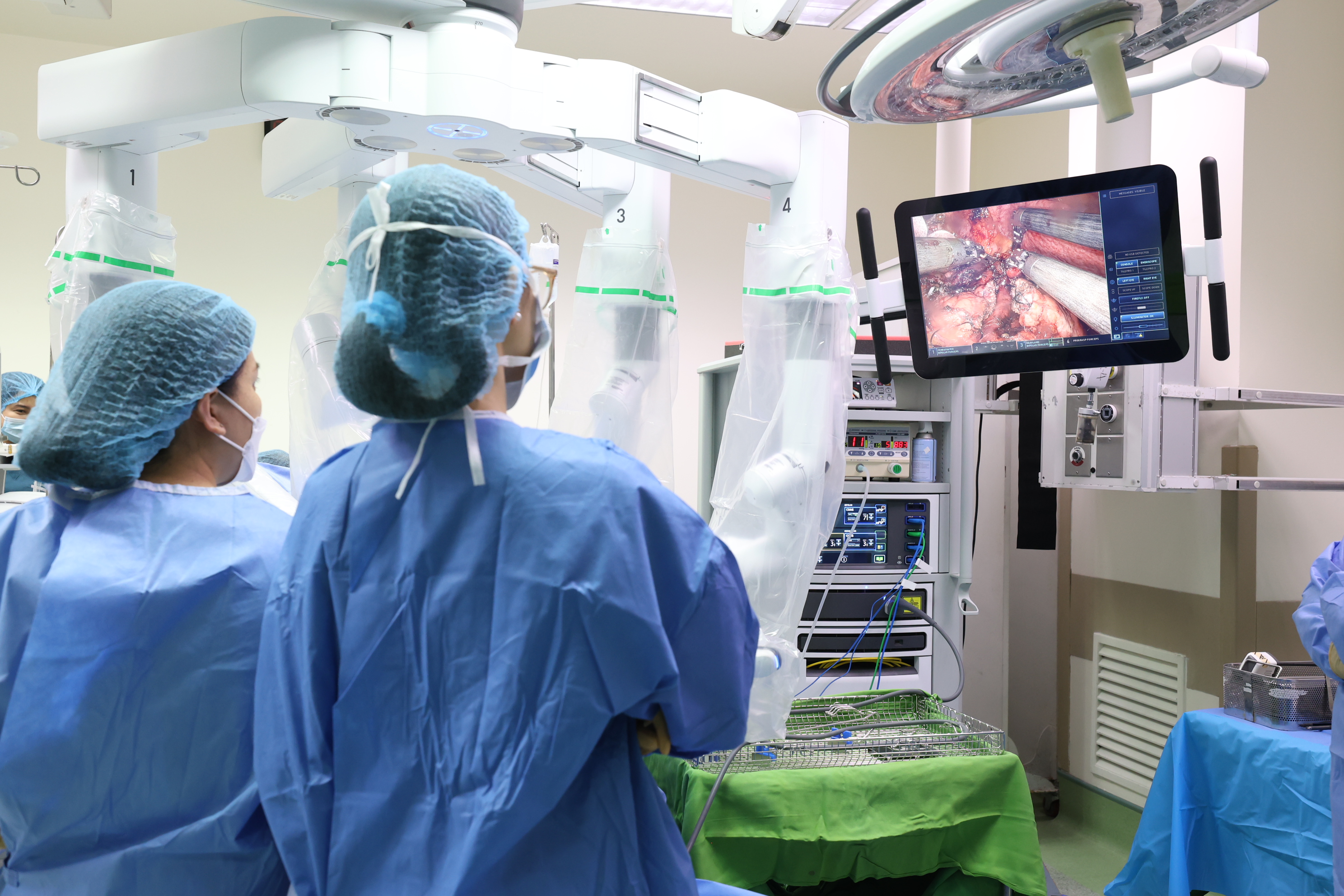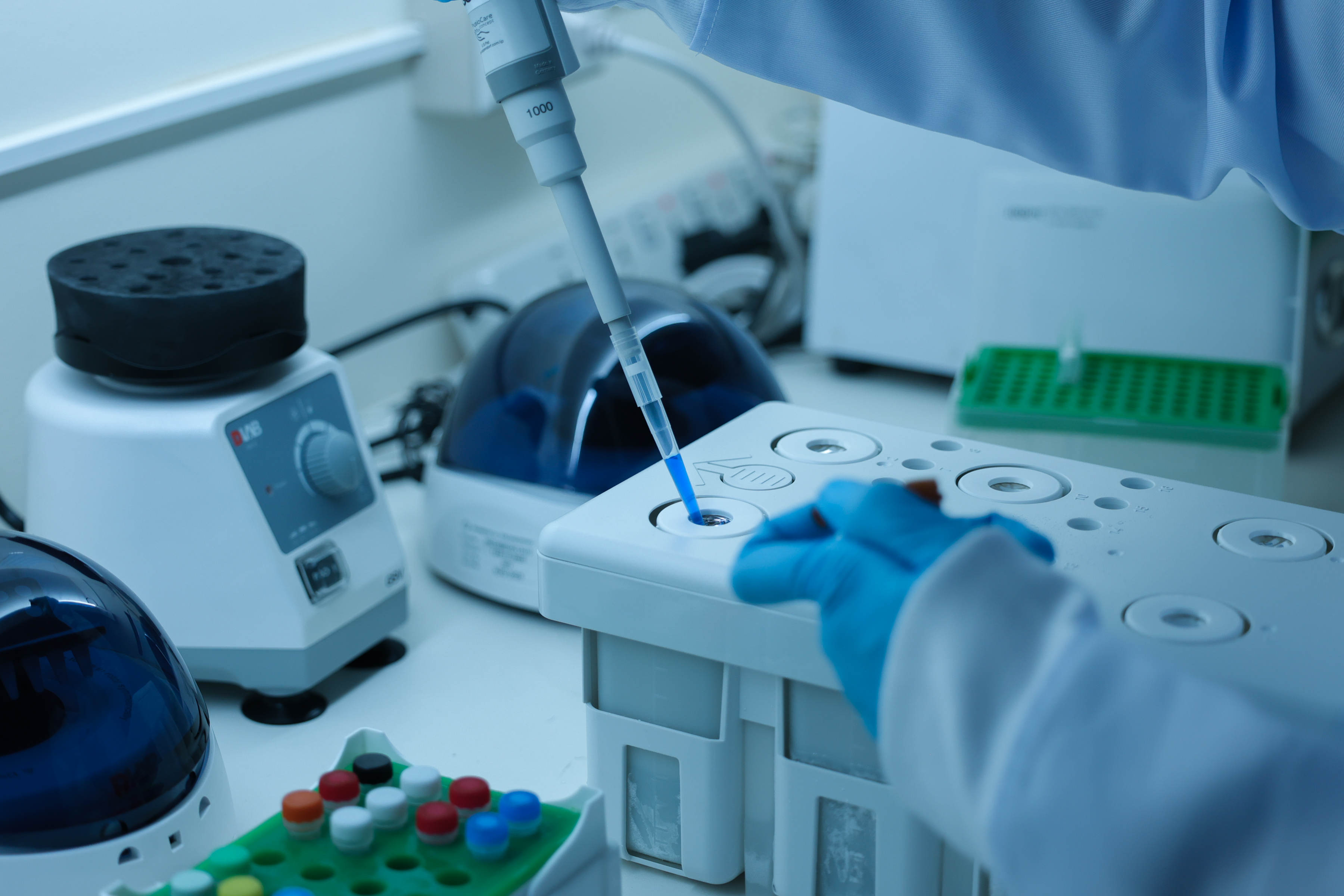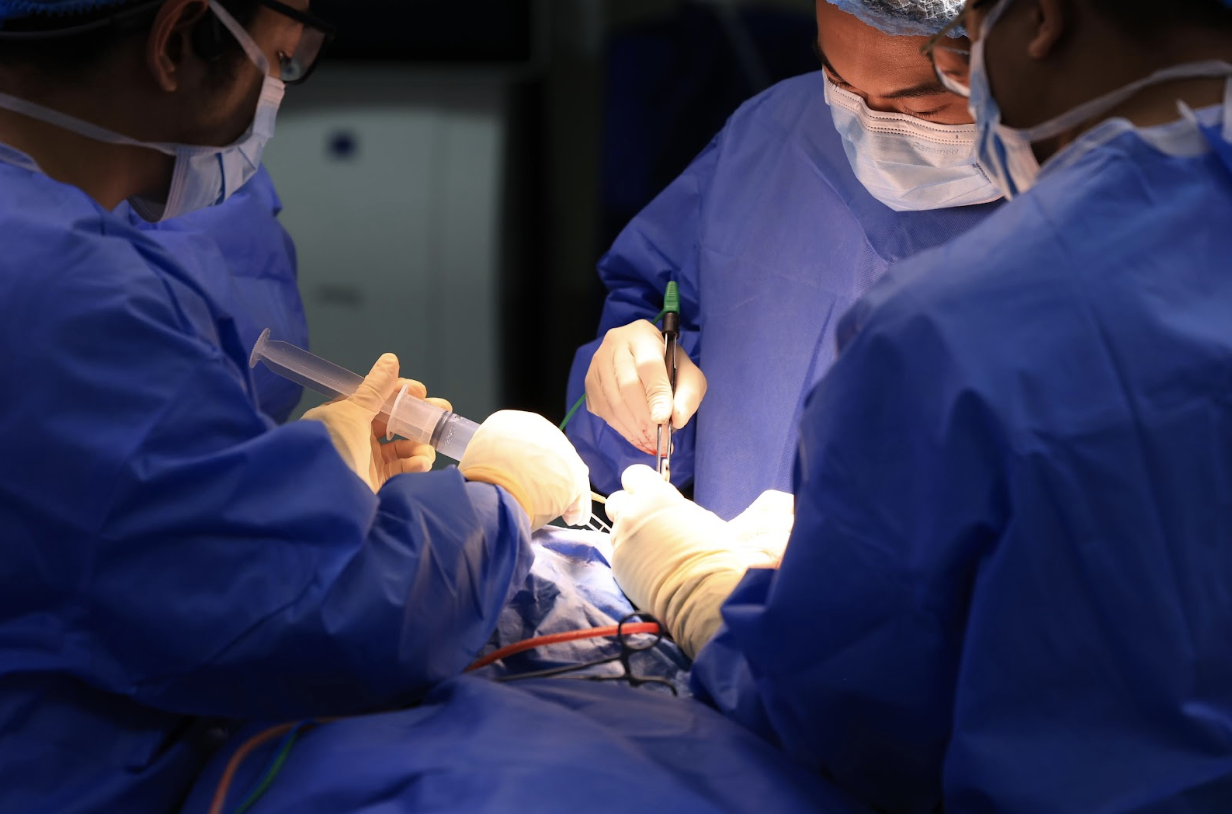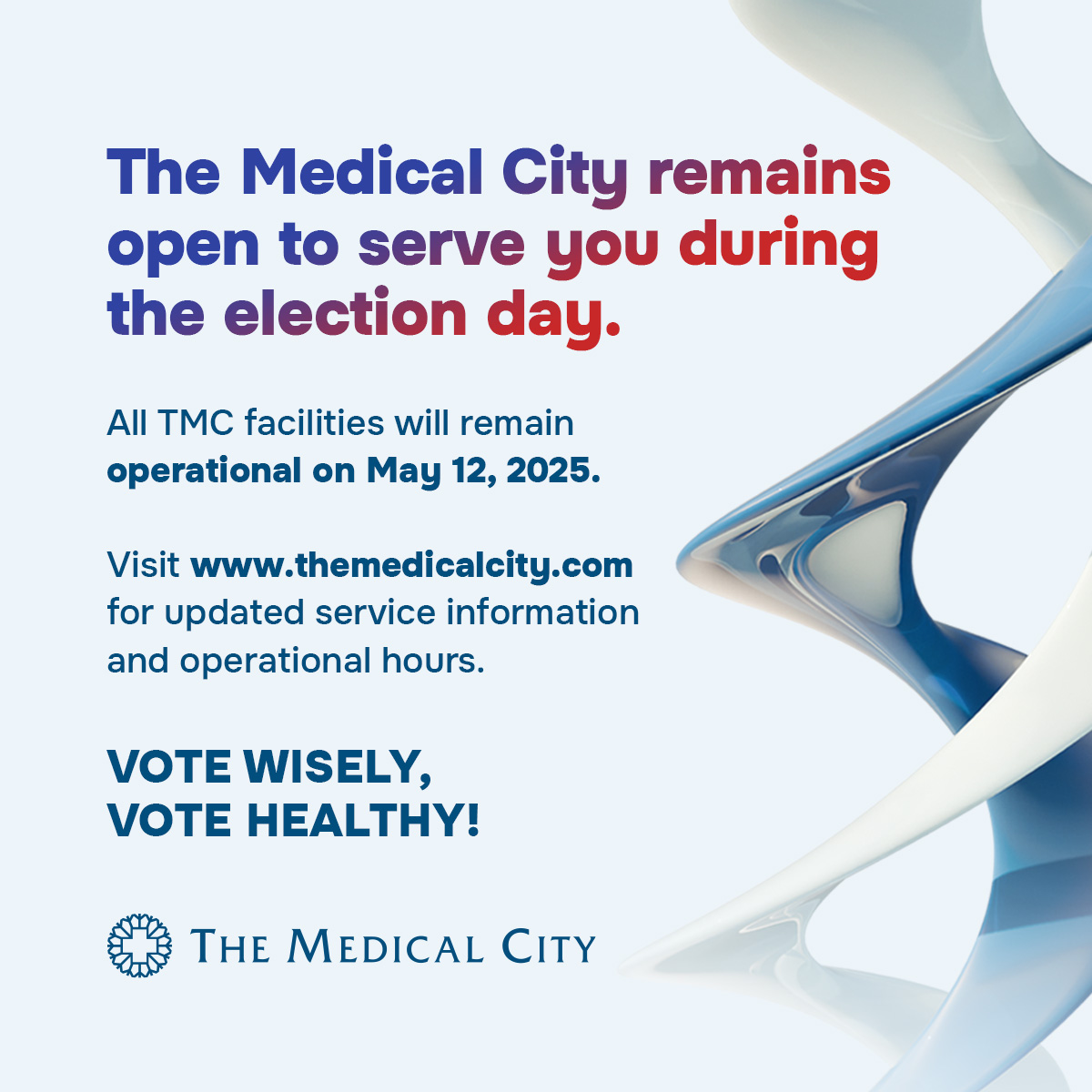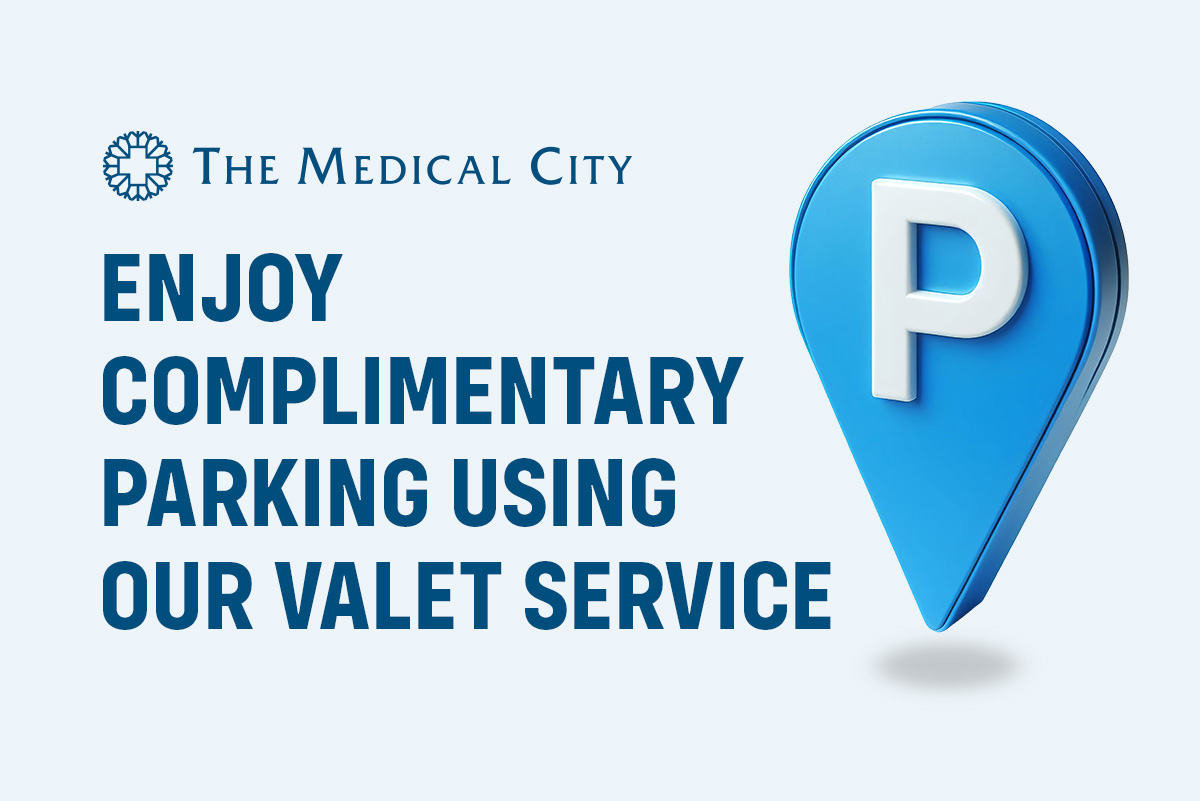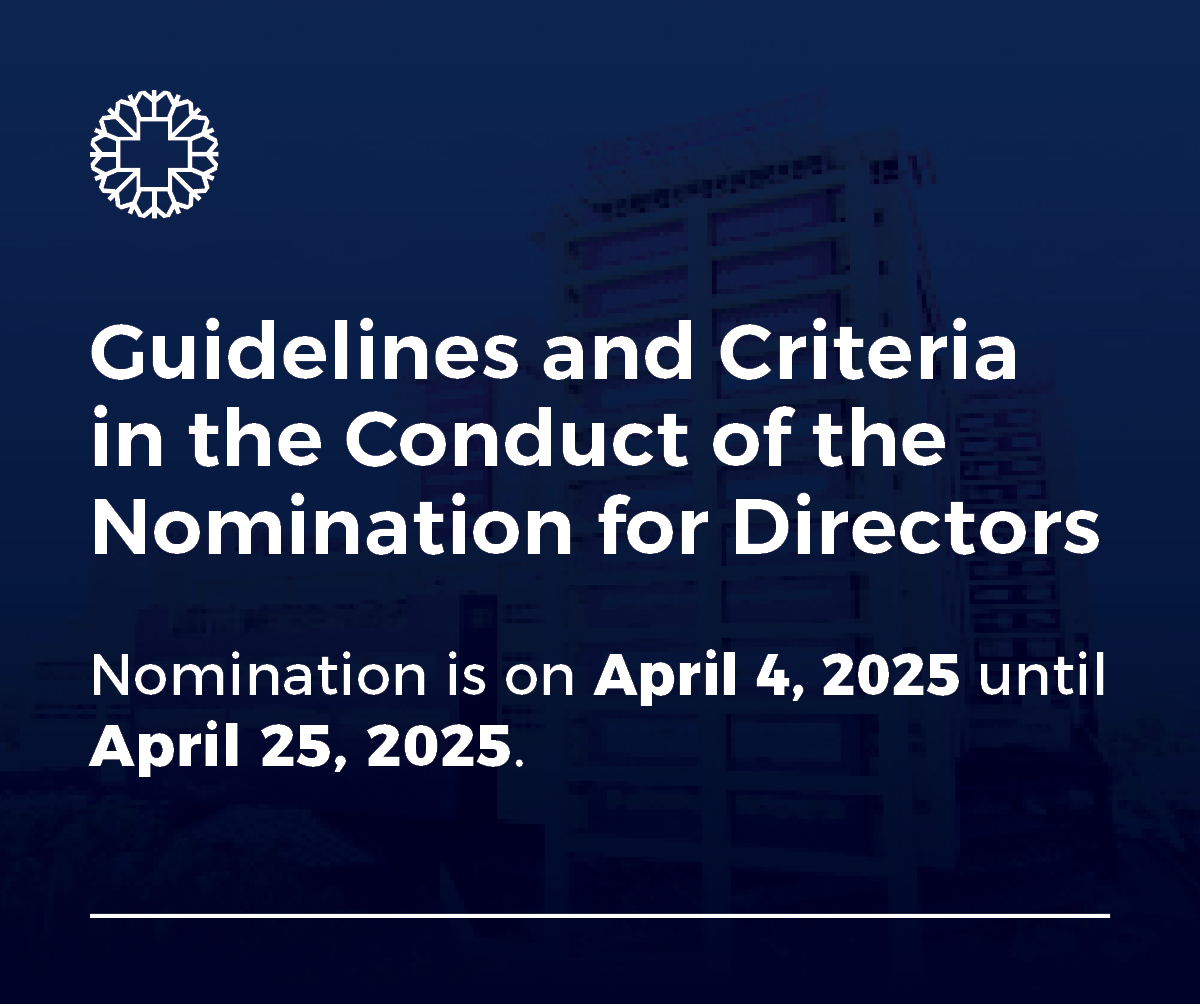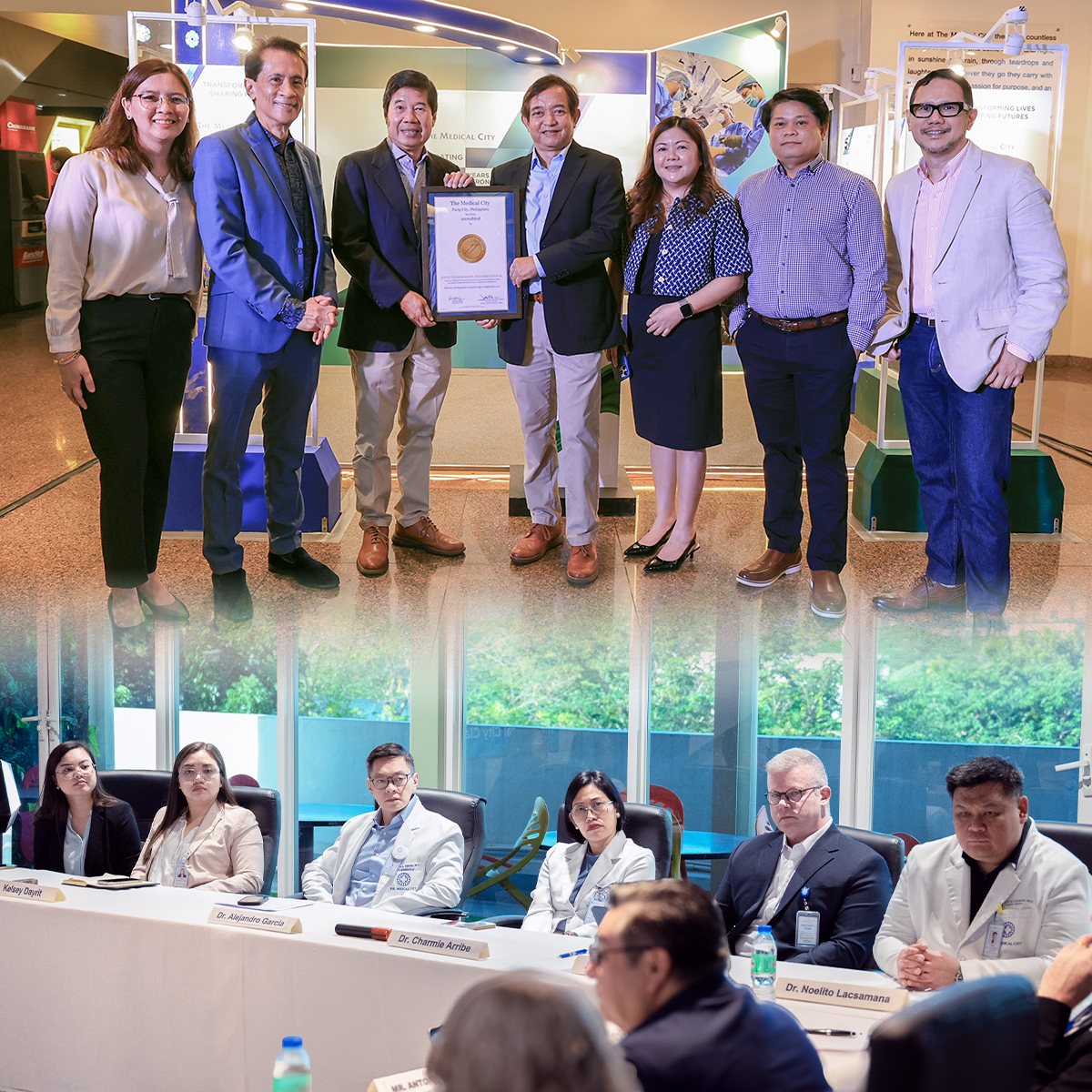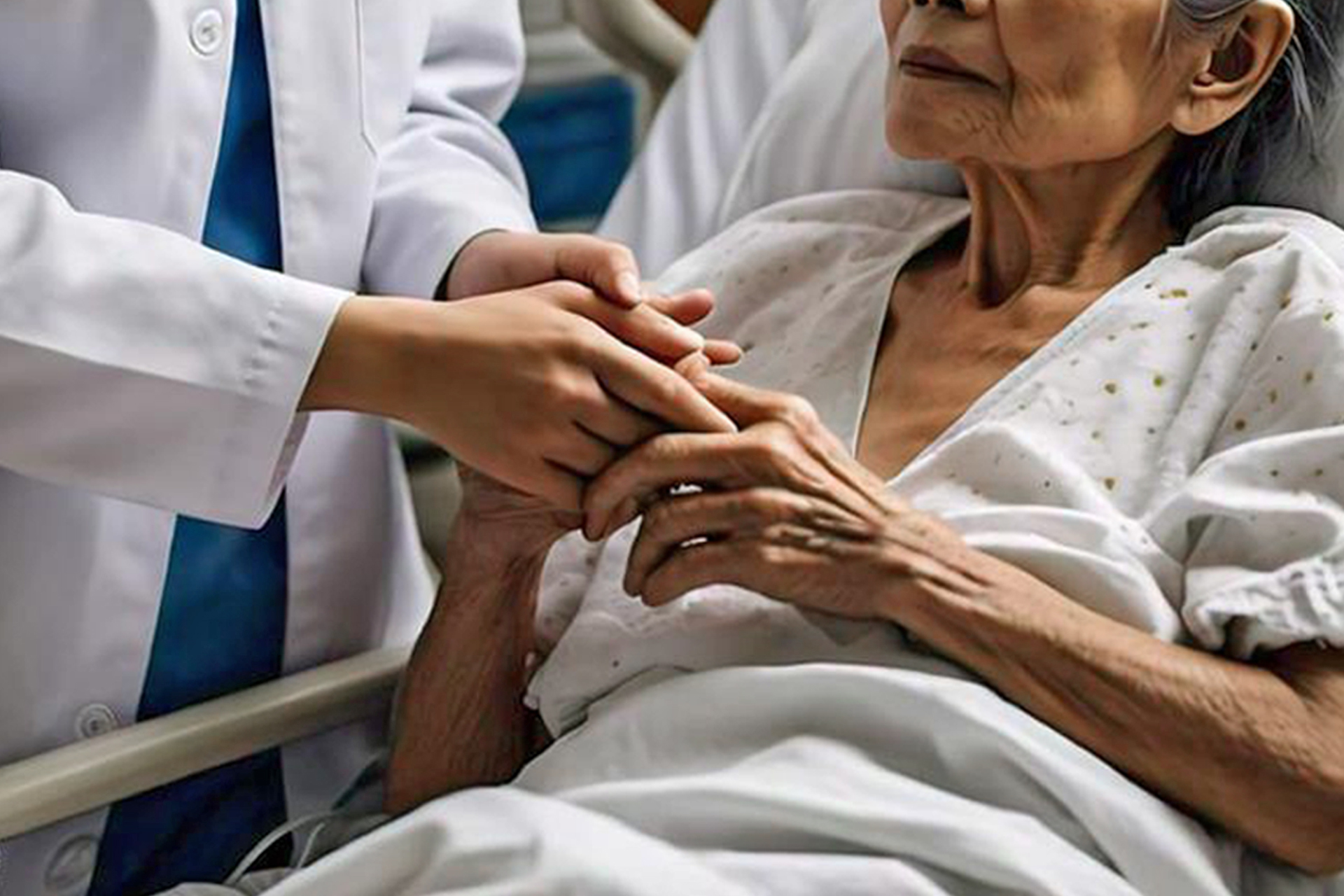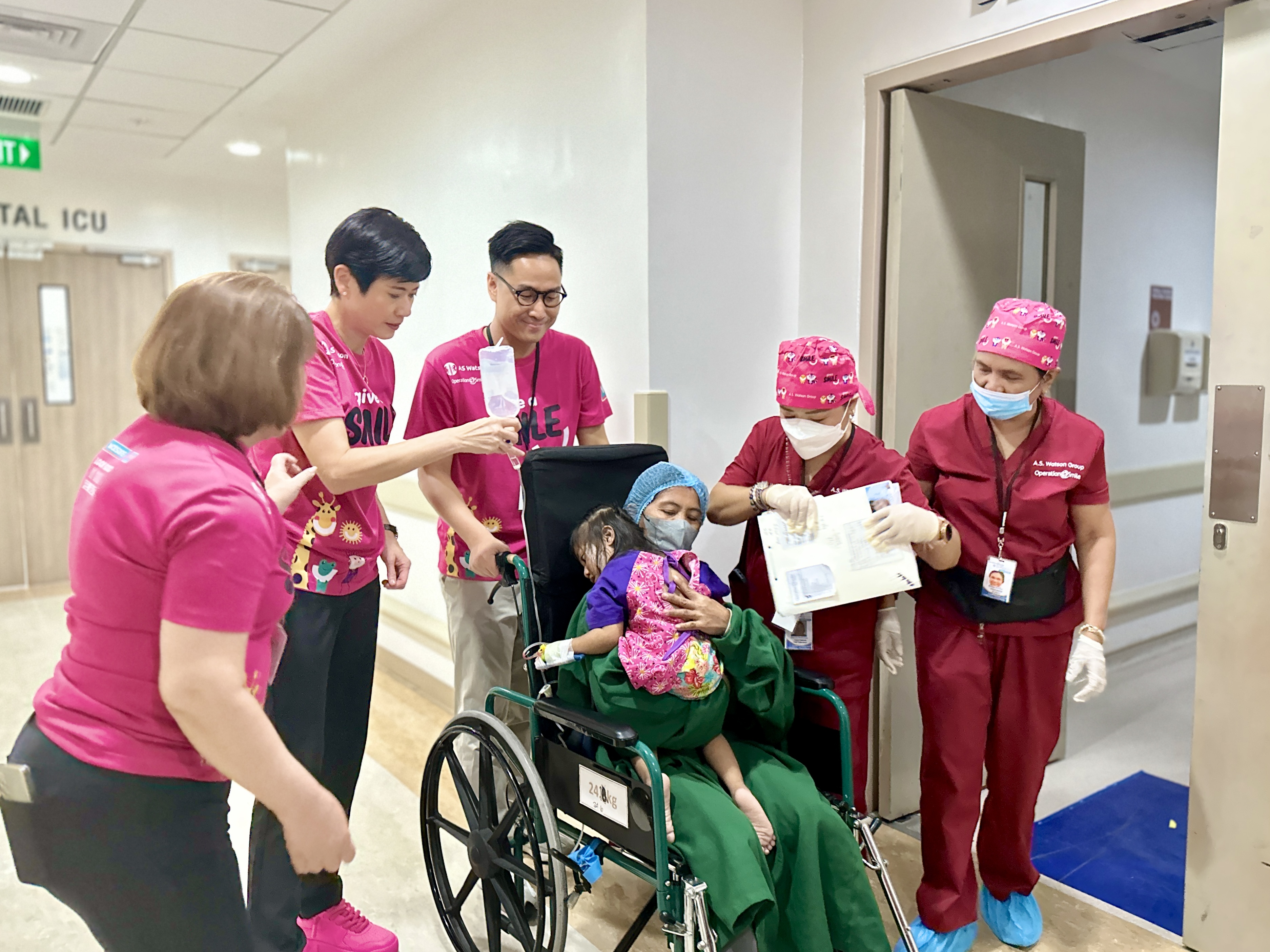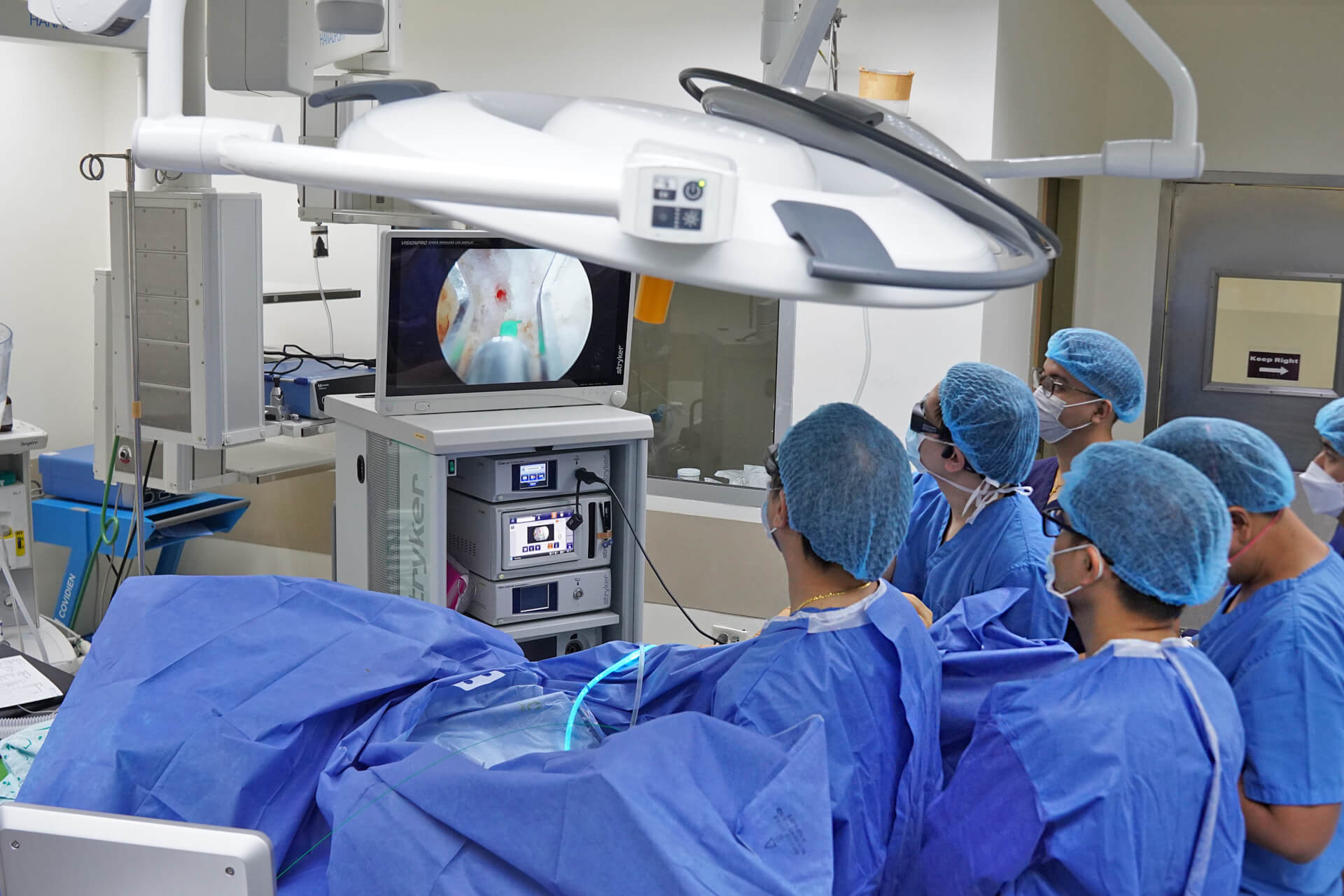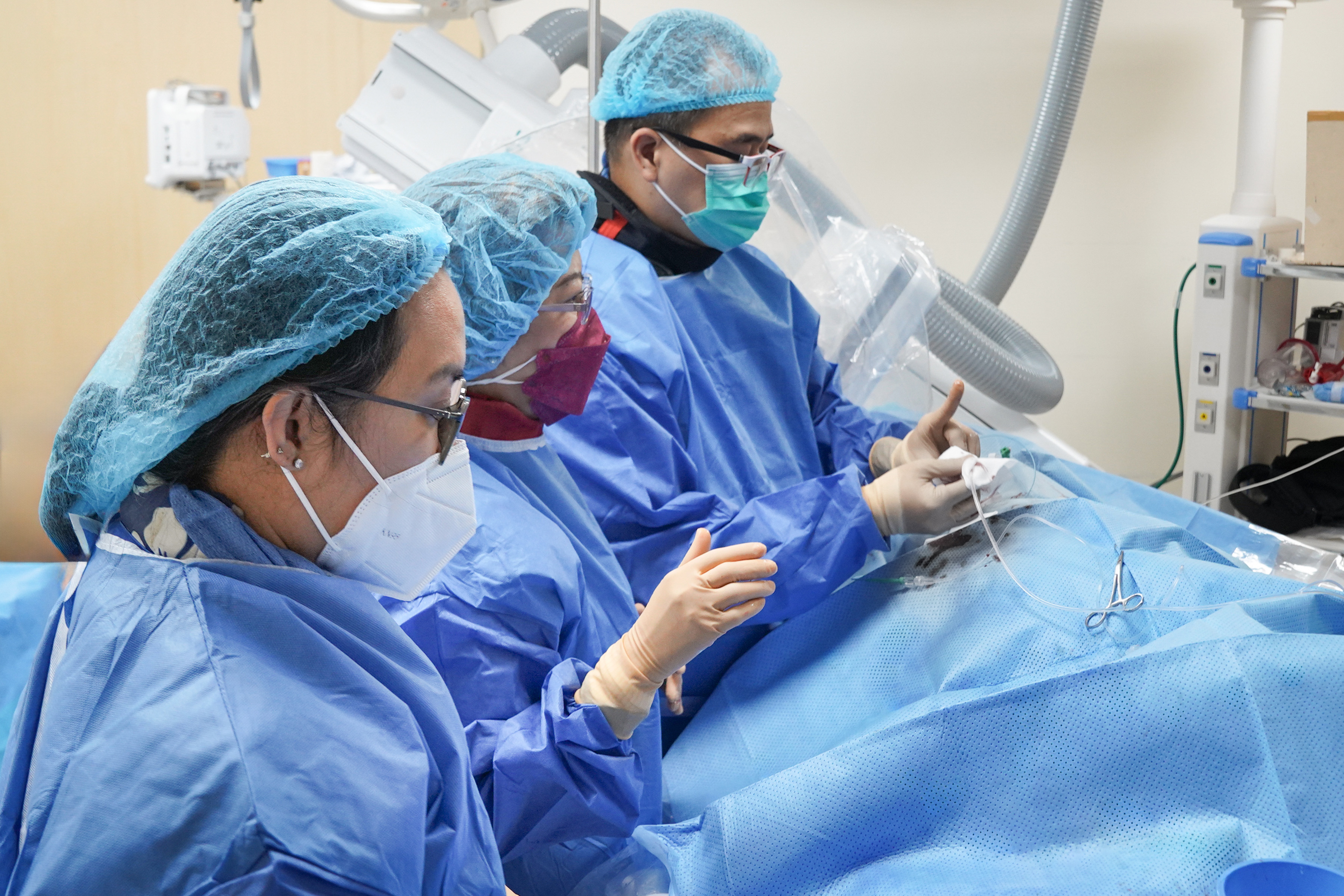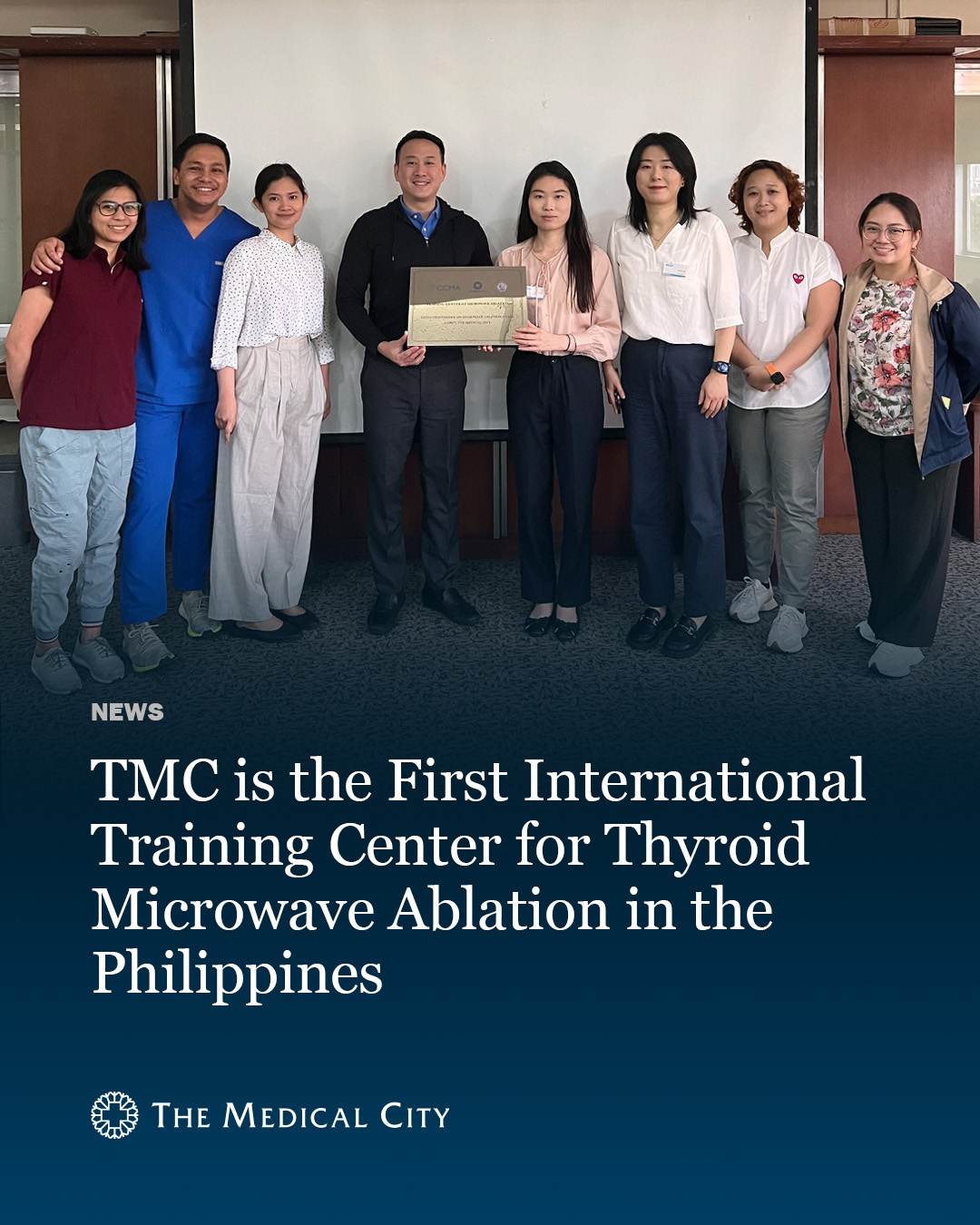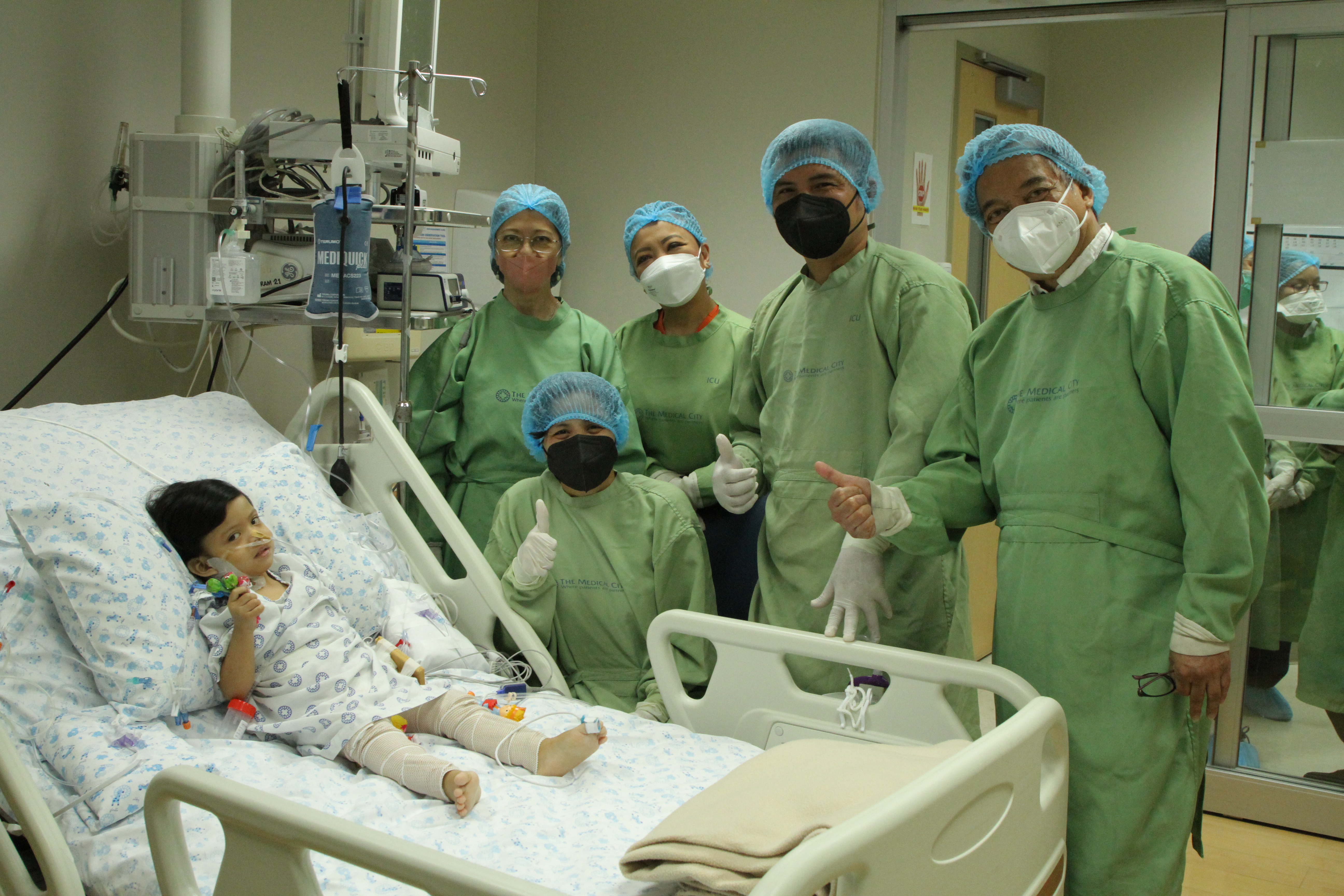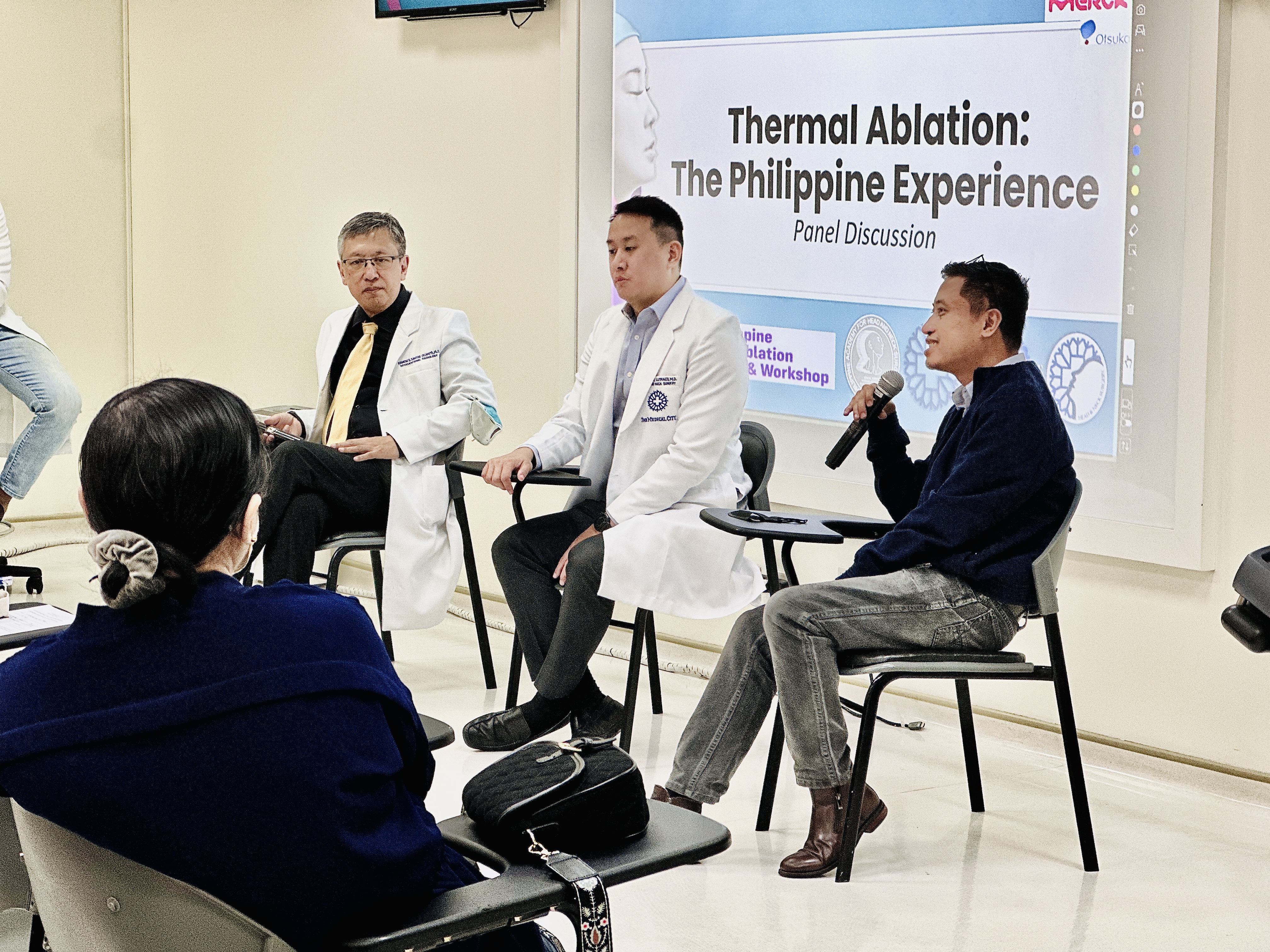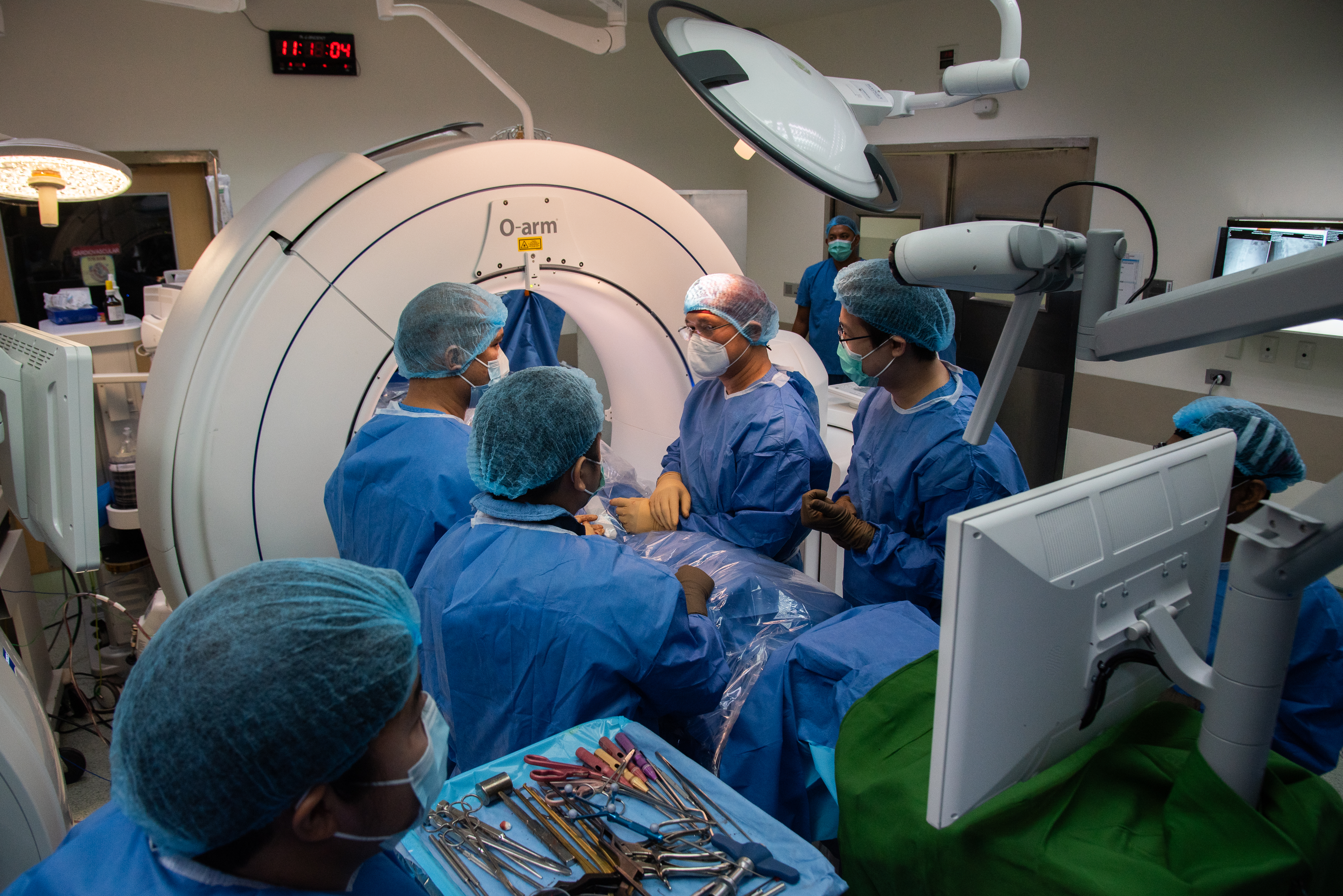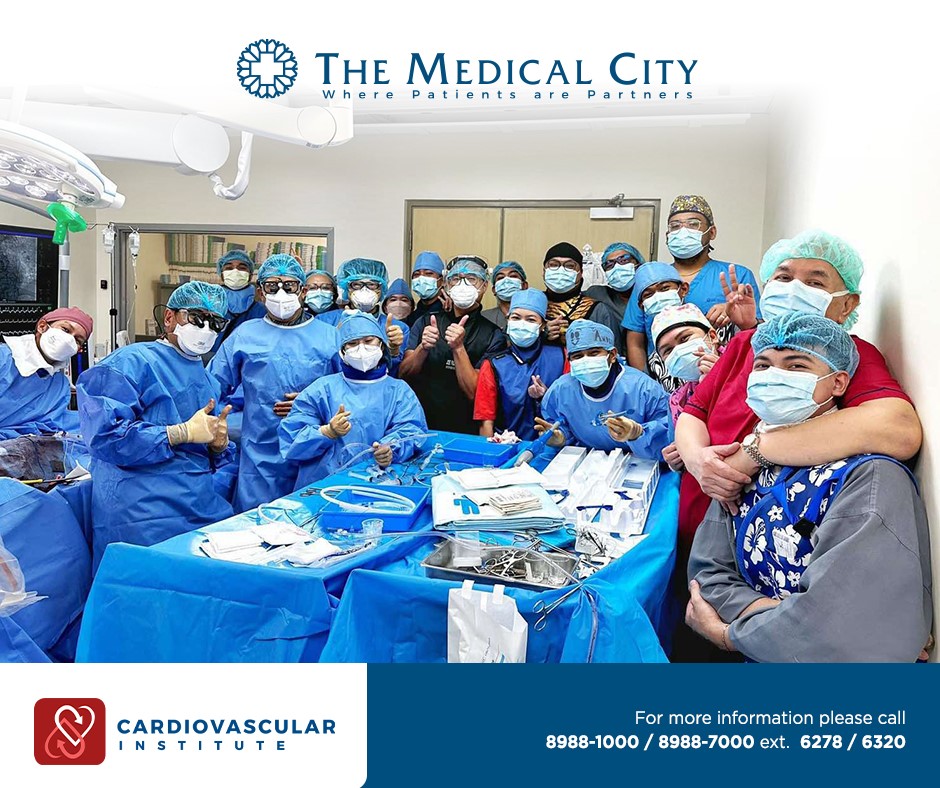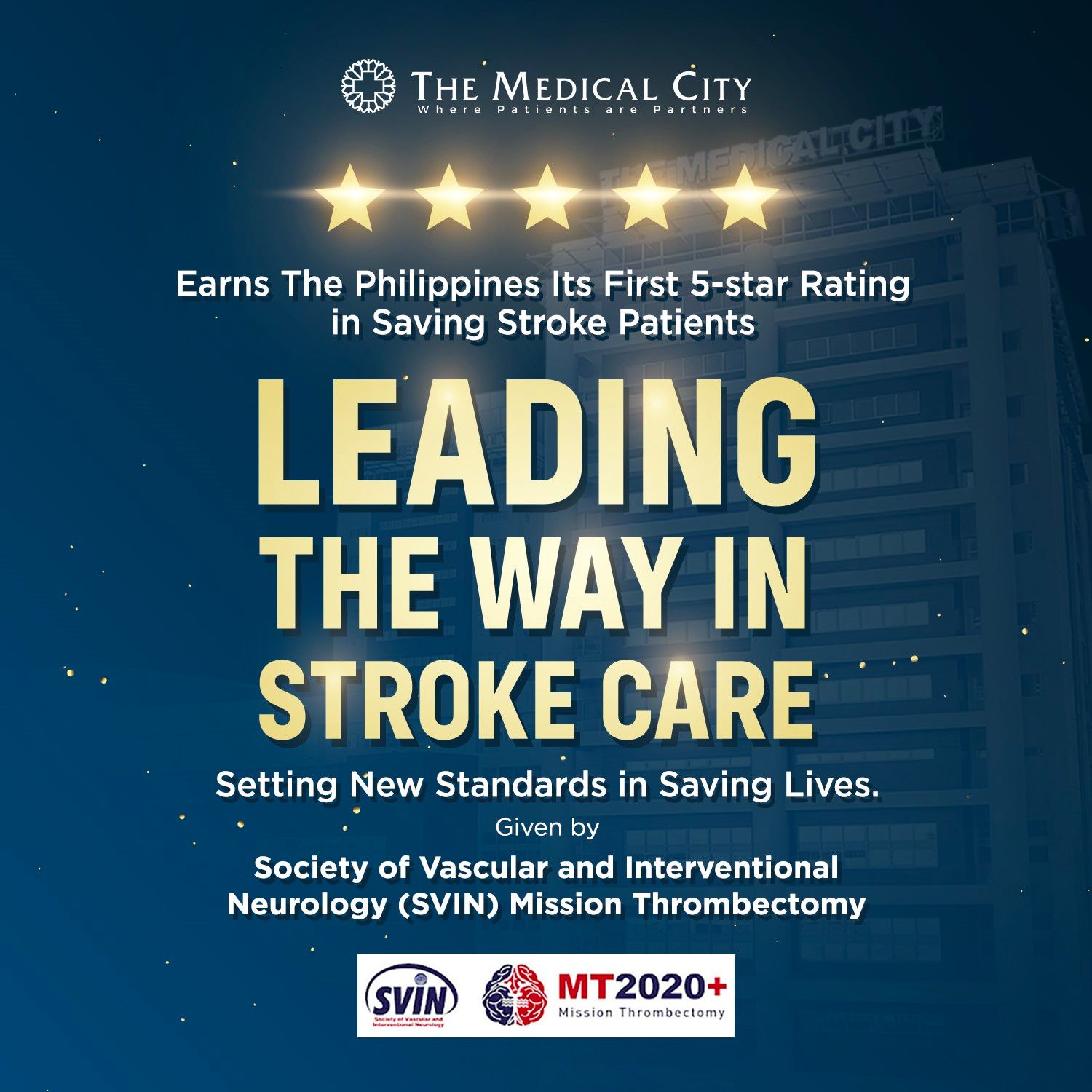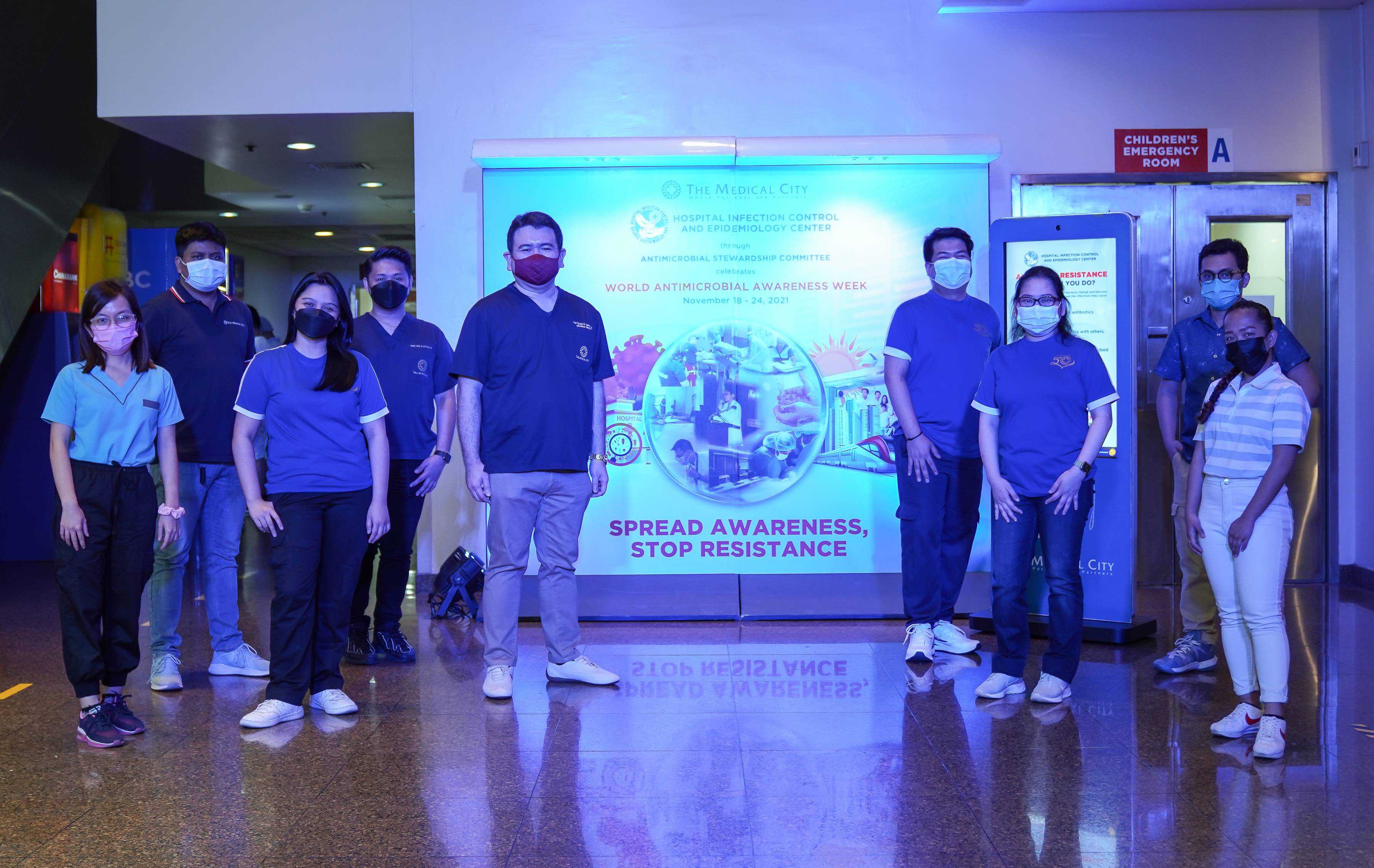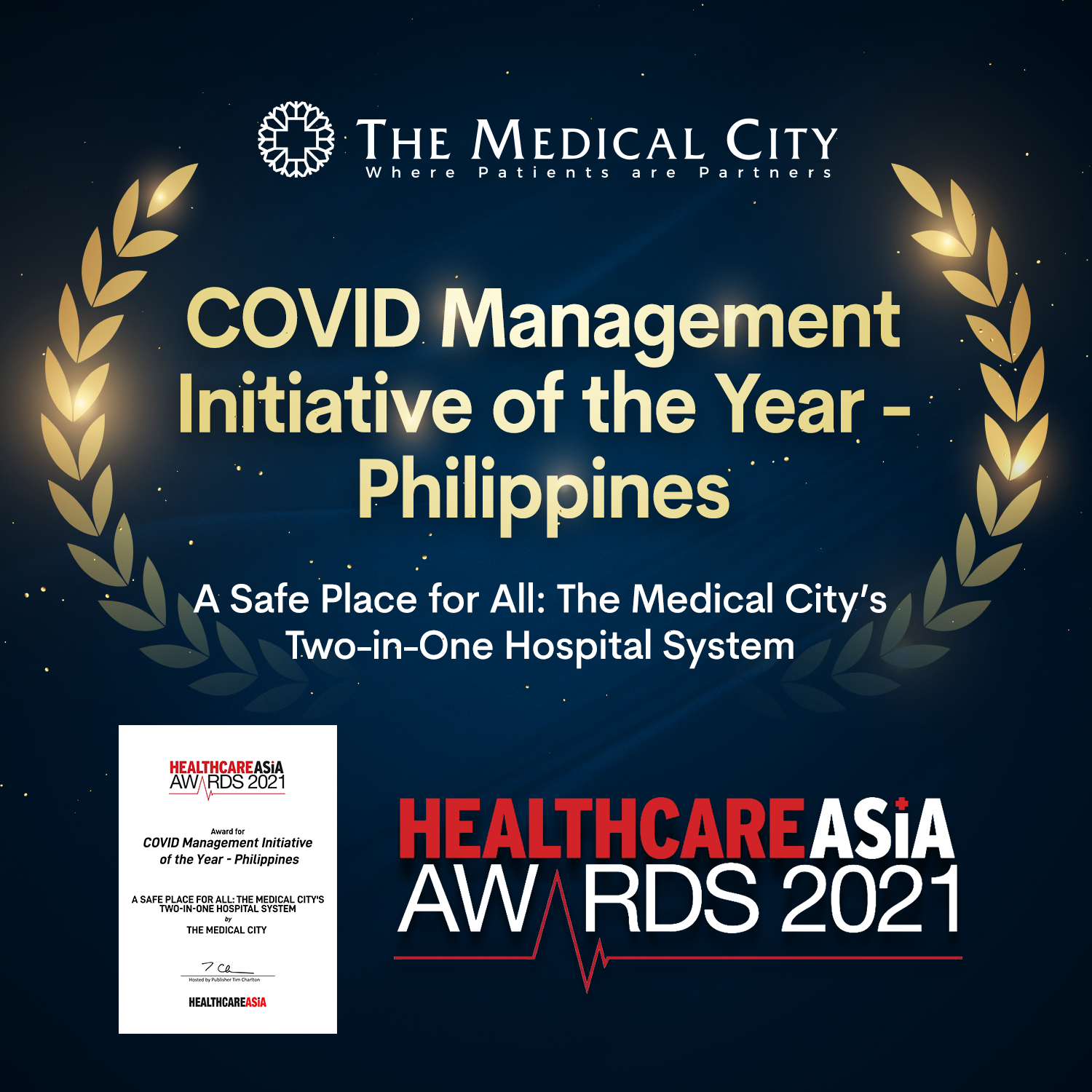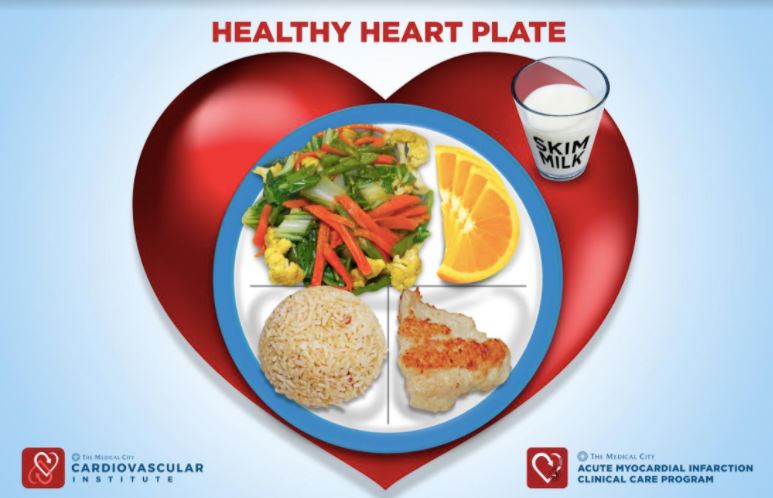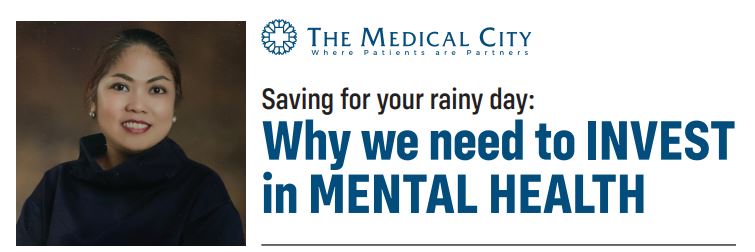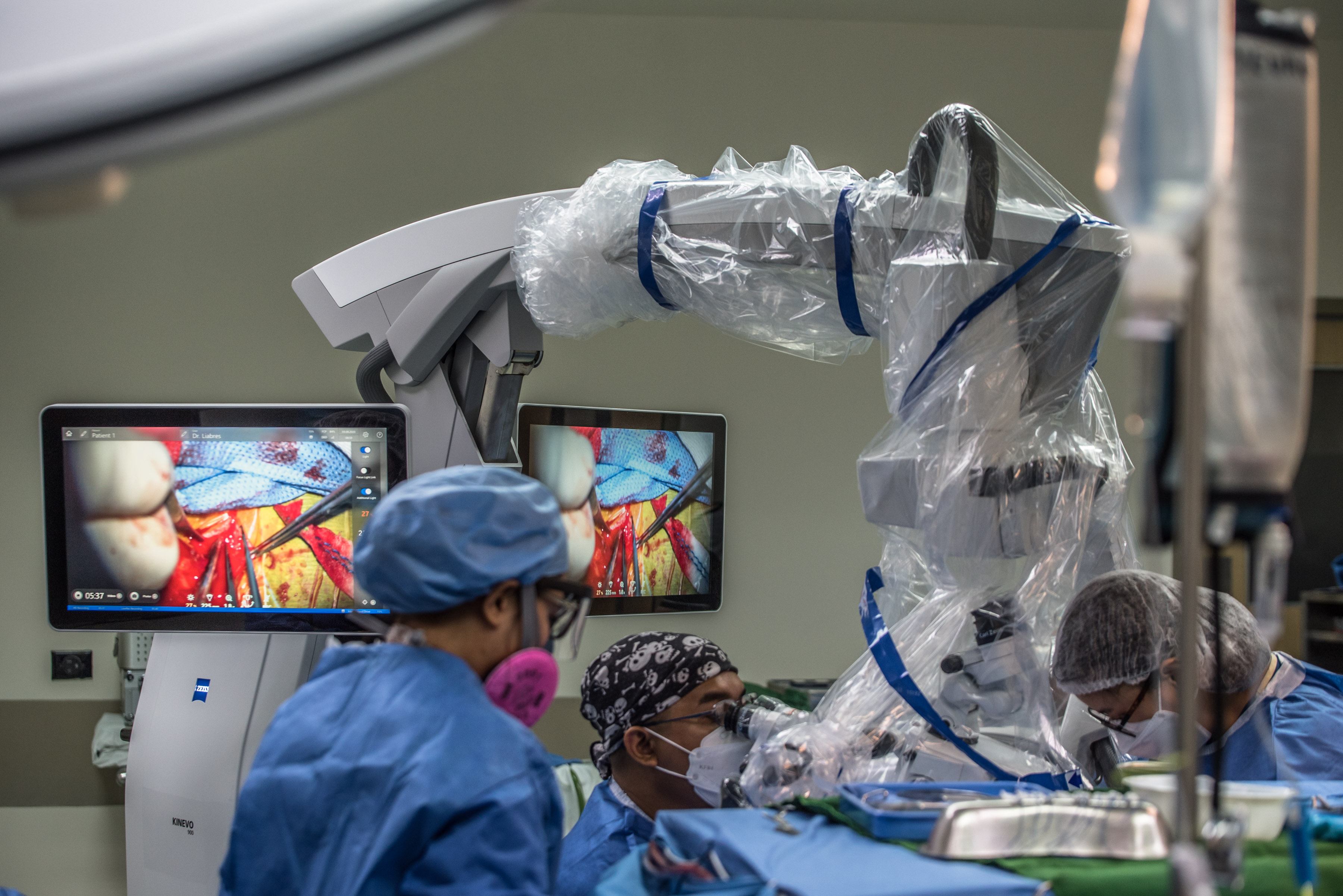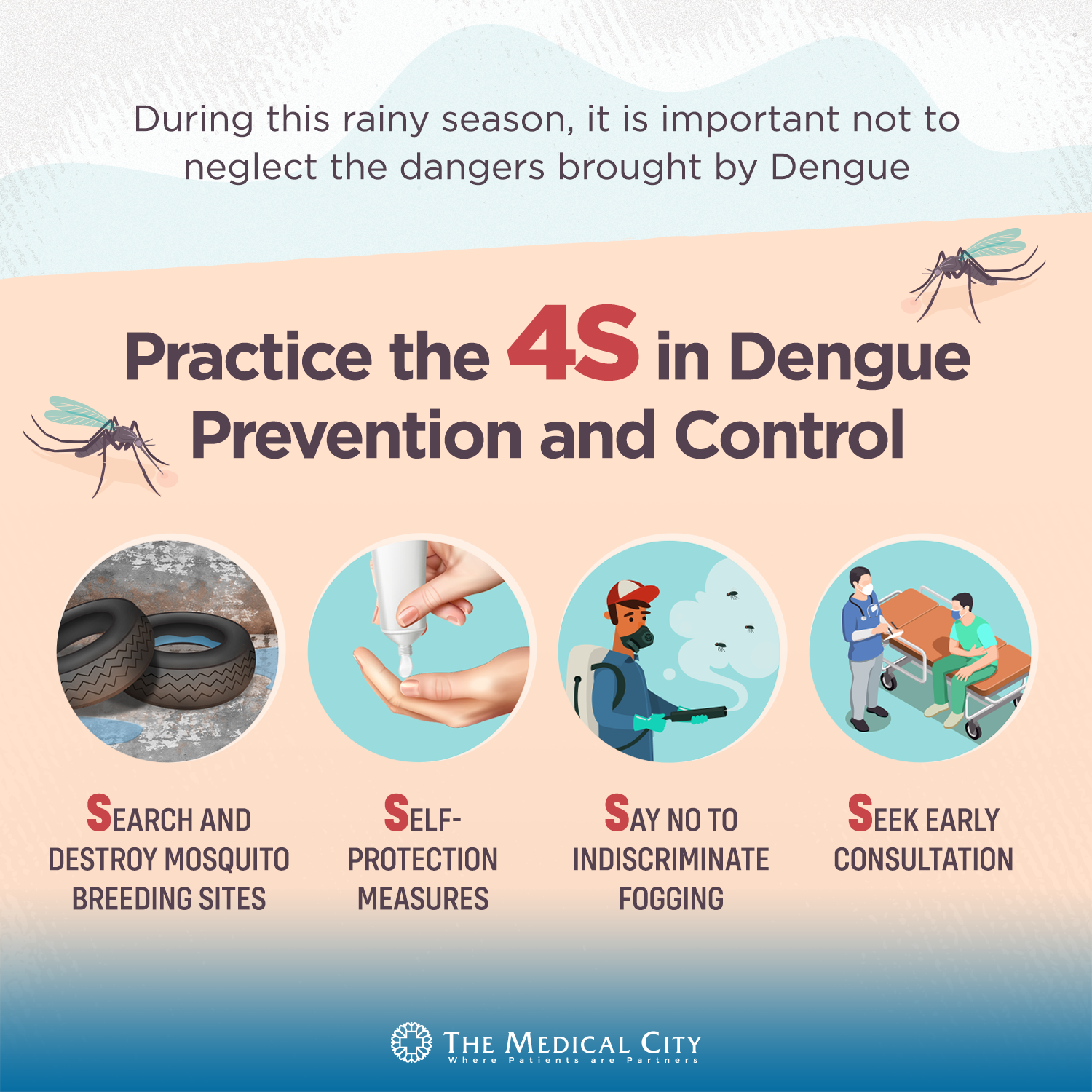COVID-19 Online Screening Tool: Answer on your smartphones or computers within 24 hours prior to your visit to The Medical City.
How serious is fatty liver?
By The Medical City (TMC), Ortigas | February 27, 2021

Chronic hepatitis infection, alcoholic liver disease, and non-alcoholic fatty liver disease account for the most common causes of liver disorders of adult Filipinos. Health experts agree that approximately 20% of this disease population will develop liver cirrhosis, liver failure, and liver cancer. While hepatitis B is the most common cause of liver cirrhosis and liver cancer in Filipinos, non-alcoholic fatty liver disease is also on the rise.
Chronic hepatitis infection, alcoholic liver disease, and non-alcoholic fatty liver disease account for the most common causes of liver disorders of adult Filipinos. Health experts agree that approximately 20% of this disease population will develop liver cirrhosis, liver failure, and liver cancer.
While hepatitis B is the most common cause of liver cirrhosis and liver cancer in Filipinos, non-alcoholic fatty liver disease is also on the rise.
There are two types of fatty liver disease – Non-alcoholic fatty liver disease referred to as NAFLD and Alcoholic fatty liver disease (AFLD). As the name implies, the main characteristic of both NAFLD and AFLD is too much fat stored in liver cells. Having small amounts of fat in your liver is normal. However, it becomes a problem if more than 5% to 10% percent of the liver’s weight is fat.
"Fatty liver is the fastest rising cause of liver cancer and cirrhosis worldwide," said Dr. Edhel Tripon, hepatologist from The Medical City (TMC) and Vice President of the Hepatology Society of the Philippines.
"These are found in patients who are overweight, diabetic, or hypertensive. So you can protect yourself from a fatty liver by having a healthy diet," added Dr. Tripon.
During TMC’s recent Lunch and Learn webinar series, Dr. Mara Panlilio, TMC gastroenterologist and hepatologist, cited the complications of NAFLD. These are NASH or nonalcoholic steatohepatitis, cirrhosis which is late-stage scarring in the liver, and liver cancer.
Complications of cirrhosis include ascites (abnormal buildup of fluid in the abdomen), jaundice, bleeding from esophageal varices, and encephalopathy (or a decline in brain function as a result of a severe liver disease).
Esophageal varices are enlarged or swollen veins on the lining of the esophagus. Signs of bleeding from varices can include vomiting blood and having dark-colored or black stools. Bleeding varices often require emergency medical treatment.
“The most dreaded complication is liver cancer. NAFLD is predicted to be the leading cause of liver cancer in the West,” said Dr. Panlilio.
How to diagnose NAFLD
Dr. Panlilio said a physical exam plus the patient’s medical history, laboratory tests such as liver function test, and imaging procedures are used to diagnose NAFLD and NASH.
These imaging procedures include an abdominal ultrasound, which is often the initial test when liver disease is suspected, computerized tomography (CT) scanning and/or magnetic resonance imaging (MRI) of the abdomen.
The Center for Liver Health and Transplantation (CLHT) of The Medical City offers a way to detect liver diseases early. The FibroScan is a painless and speedy alternative to needle biopsies for the liver. It is useful in assessing fibrosis or scarring due to liver injury or long-term inflammation. The early detection of fibrosis is important in chronic liver disease, which includes conditions NAFLD, AFLD, and Hepatitis B and C.
TMC first introduced the FibroScan in the Philippines in 2010 then upgraded to the FibroScan 502 Touch in 2017. The new feature of FibroScan 502 Touch can detect and quantify hepatic steatosis or liver fat, which can be helpful in diagnosing and managing patients with fatty liver and other conditions that cause excess liver fat.
The approach to NAFLD
“There is no single medication that will reverse fatty liver and it is very important to treat the underlying cause,” said Dr. Panlilio.
Dr. Tripon and Dr. Panlilio said lifestyle modification aimed at cutting down on excess calories and increased physical activity is vital in managing patients with NAFLD. Individuals who are overweight and have fatty liver are advised to lose weight gradually.
“The main treatment or cornerstone of management for patients with NAFLD is weight loss. It has been validated in several studies with large number of subjects that seven to 10 percent weight loss done in a slow manner, meaning in six to 12 months, actually reverses liver fibrosis or liver fat,” said Dr. Panlilio.
The recommendation is to lose one to two pounds per week. Weight loss should be slow and steady as Dr. Panlilio said a rapid weight fluctuation is harmful to the liver.
Persons with NAFLD should avoid saturated fats, simple carbohydrates and sweetened drinks. Sedentary lifestyle should be avoided too. A moderate intensity exercise of 150 to 200 minutes per week, divided into three to five sessions is recommended.
If you are concerned about your risk of NAFLD or a liver disease, talk to your doctor about ways you can reduce your risk. Do not wait for symptoms to appear before you take action.
To learn more about the services and treatments offered at The Medical City Center for Liver Health and Transplantation, call 8-9881000 ext. 6506.
Related News SEE ALL NEWS

Health
The Gift of a Second Life

Health #MyTMCExperience Press Room
She Thought It Was Just Heartburn—It Was Actually a Heart Attack
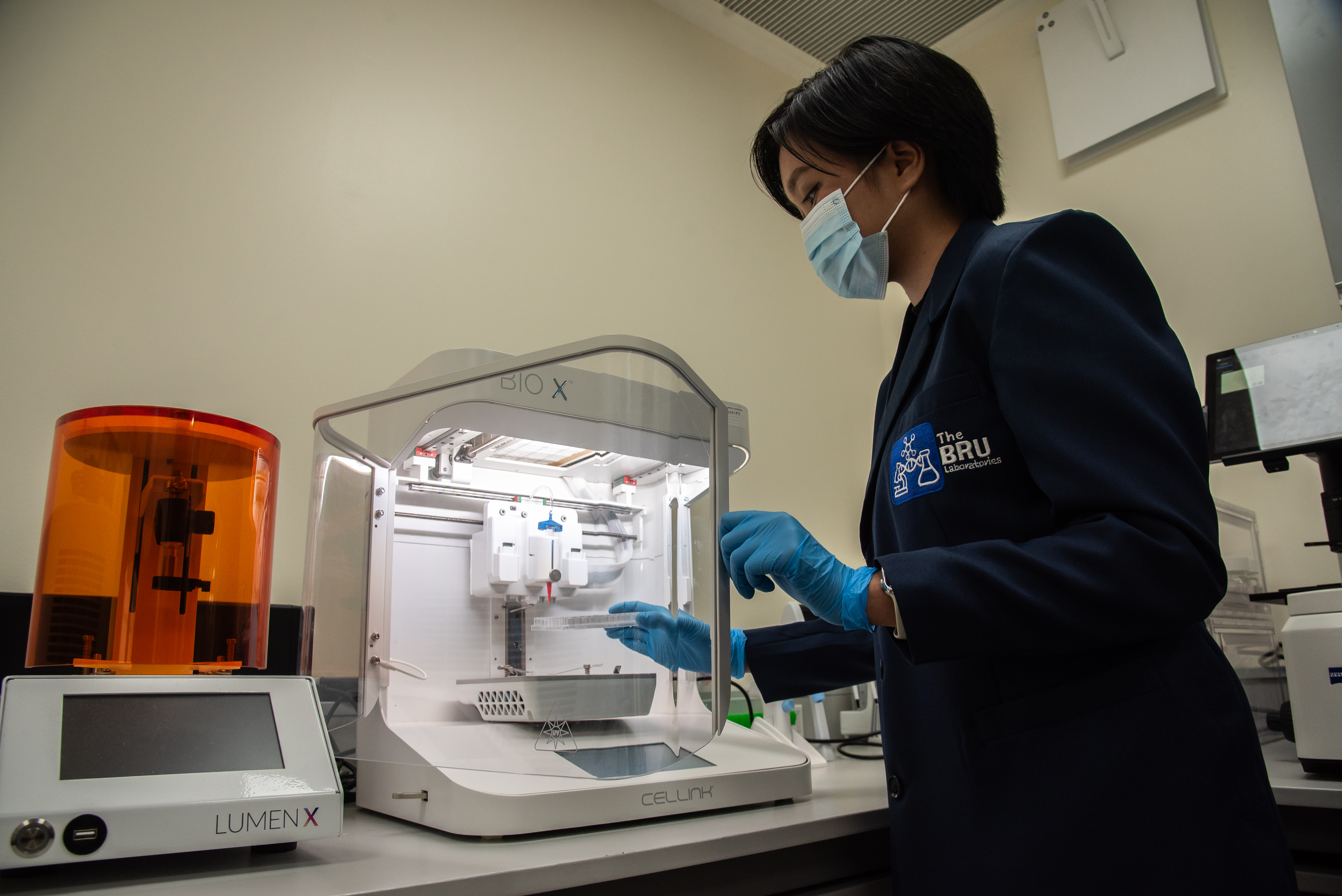
Health Research
Tissue Engineering for a Future without Organ Shortages
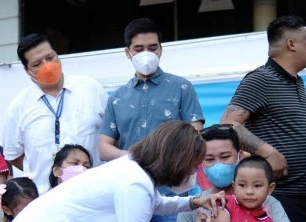
Health Press Room
Chikiting Ligtas: Addressing the Gap in Immunization Coverage

Health Corporate
Notice to the Shareholders of Professional Services Inc. (PSI)

Health Corporate
Notice to the Shareholders of Professional Services Inc. (PSI)

Health Corporate
Notice to the Shareholders of Professional Services, Inc. (PSI)

Health #MyTMCExperience
Friendship goals: See the world better, TOGETHER

Health #MyTMCExperience
#MyTMCexperience: Rod Cruz

Health TeleHealth COVID-19
Back to Health, Back to the City
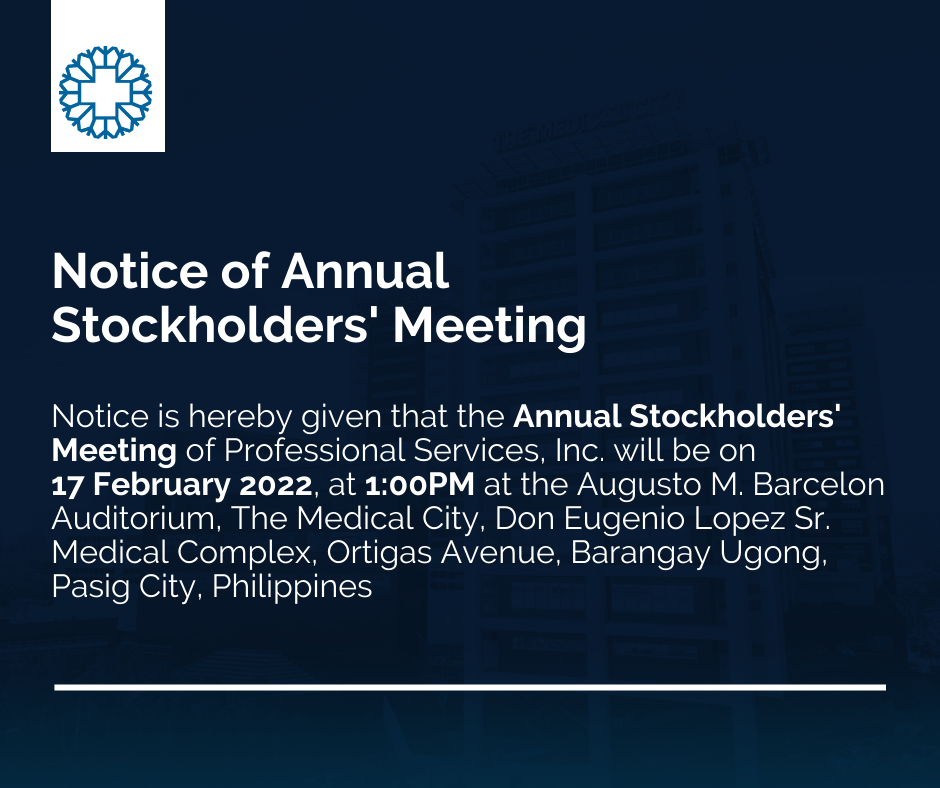
Health Corporate Advisories
Notice of Annual Meeting of Stockholders

Health Corporate
Pedalling through Safety

Health
Diabetes and COVID-19

Health
FAQs on Patient Portal

Health
2021 Holy Week Schedule

Health Desk of the President
Oxford Business Group: The Report 2021 - Addressing the Gaps

Health TeleHealth
Need an advice from an Orthopedic Specialist?

Health
Welcome 2021 in good health
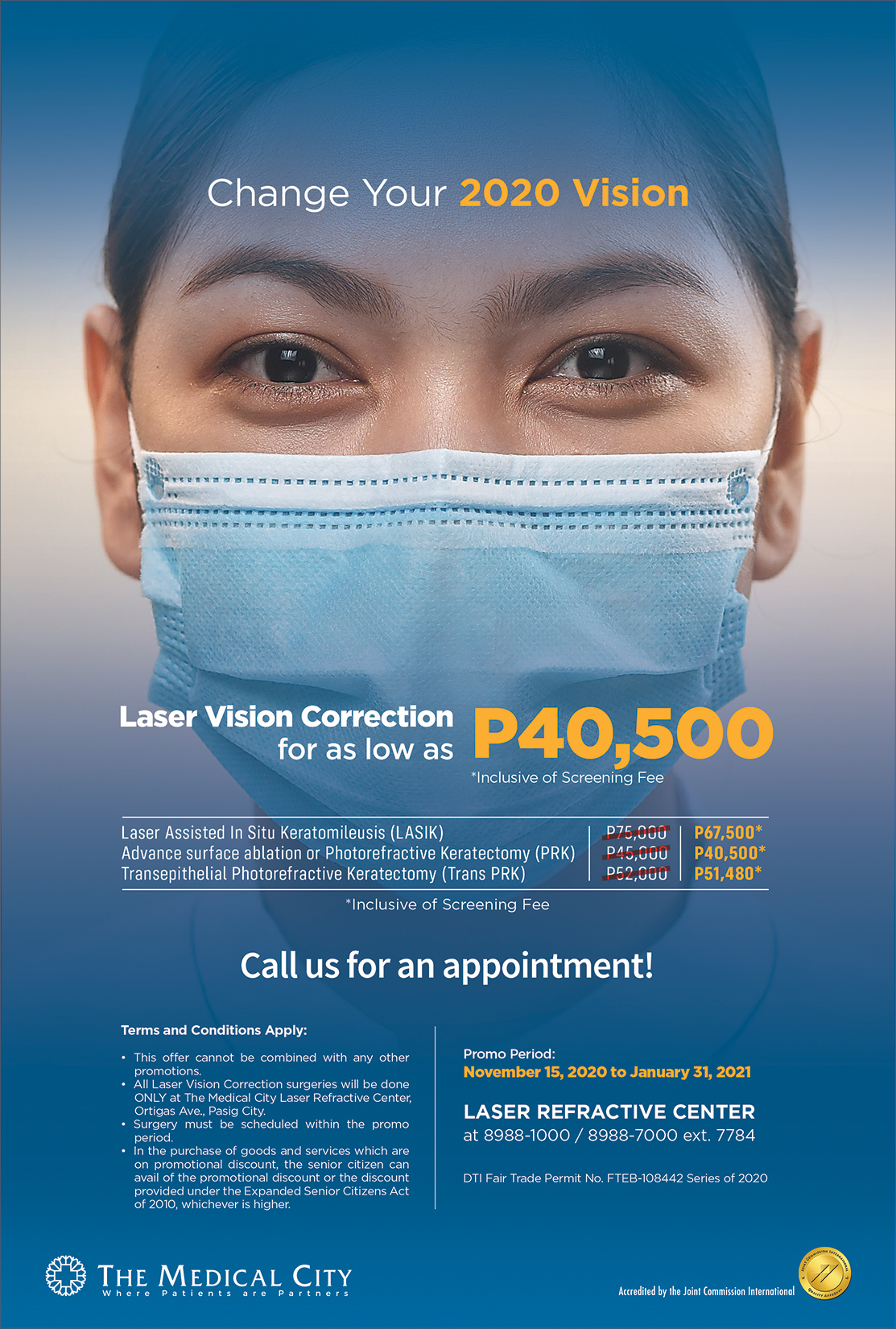
Health
Change Your 2020 Vision

Health COVID-19
Convalescent Plasma Donation for COVID–19 Survivors

Health
FAQs on TMC Drive-thru Lab

Health
Be in and out in 90 minutes

Health
Schooling in the New Normal

Health
TMC Lab on Wheels

Health
Autism

Health
Eye Health in Computer Work

Health
Speech Delay
Copyright © 2020 The Medical City. All rights reserved.

